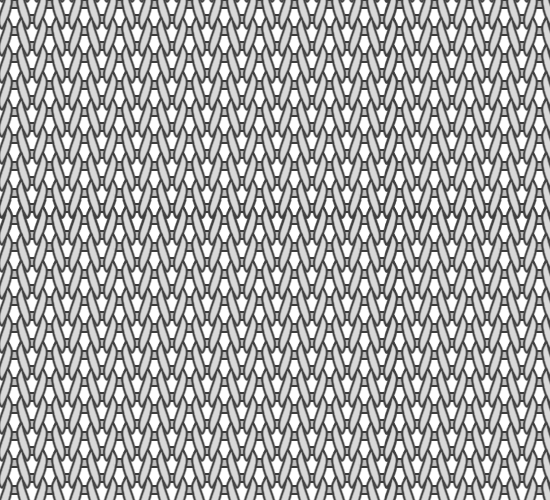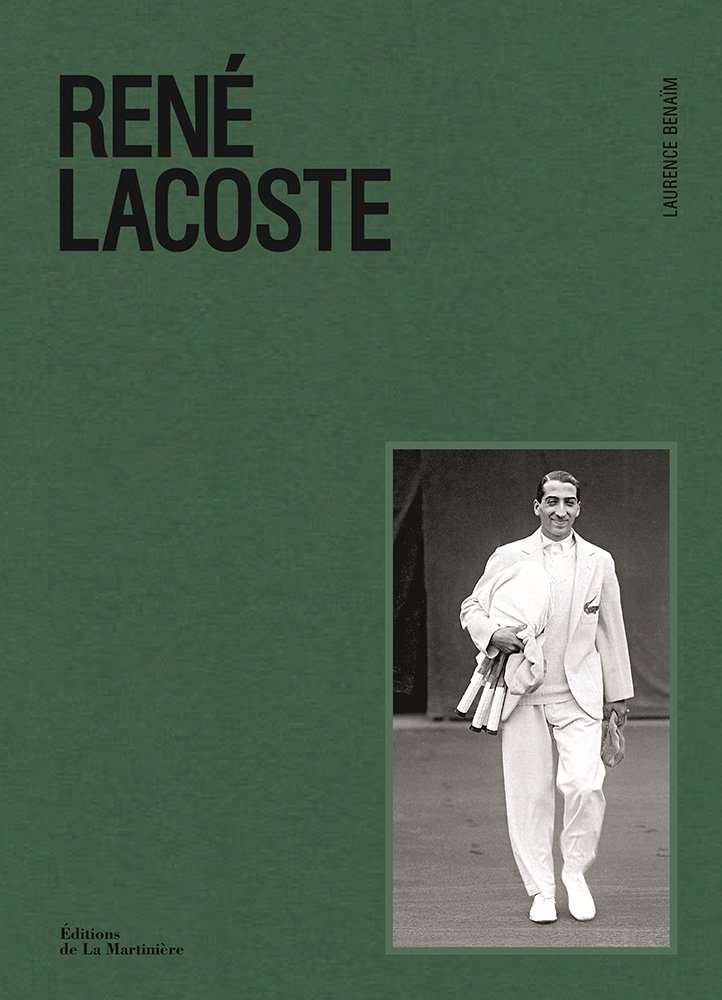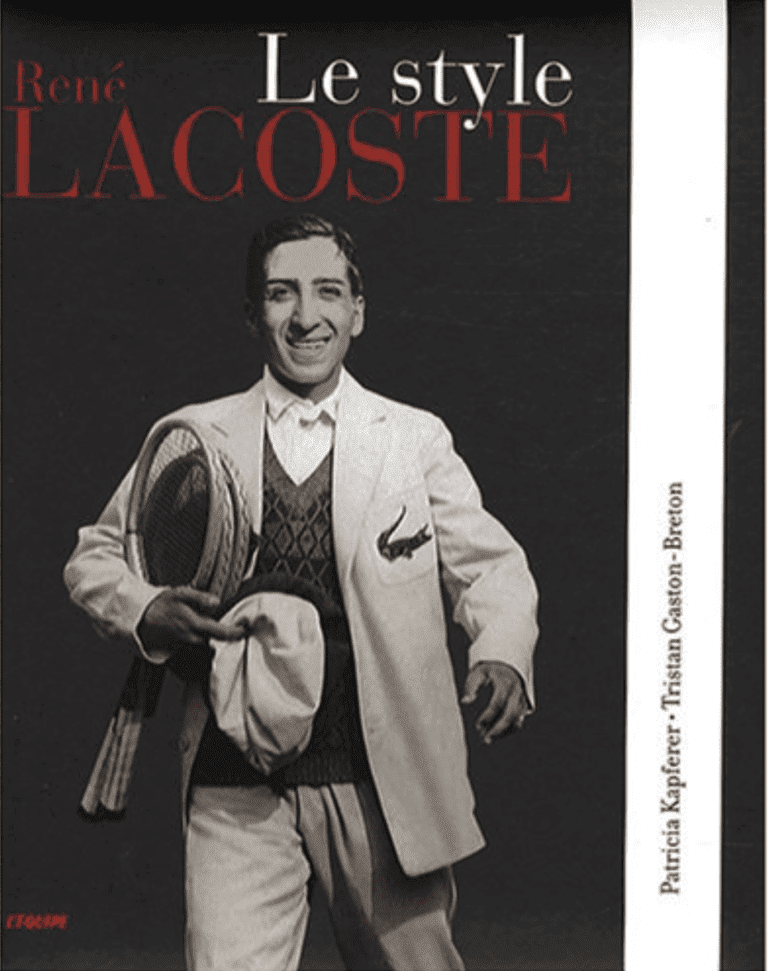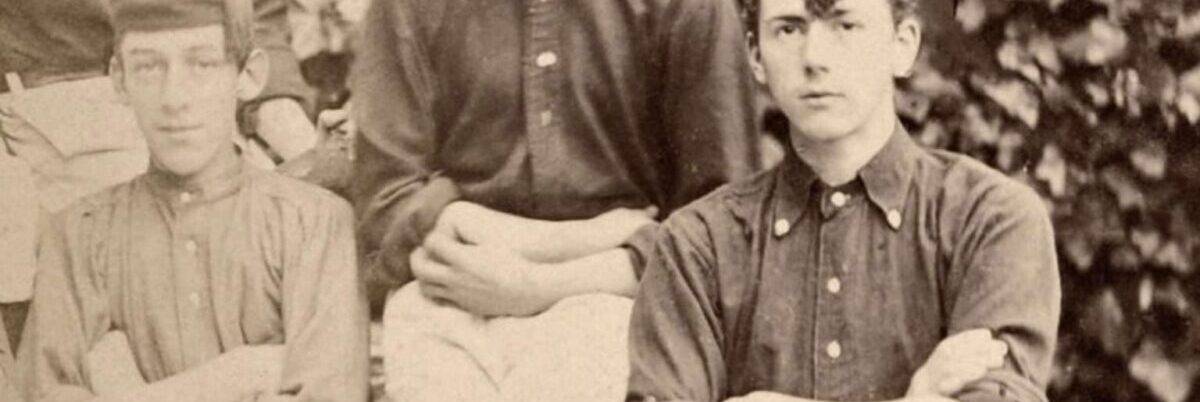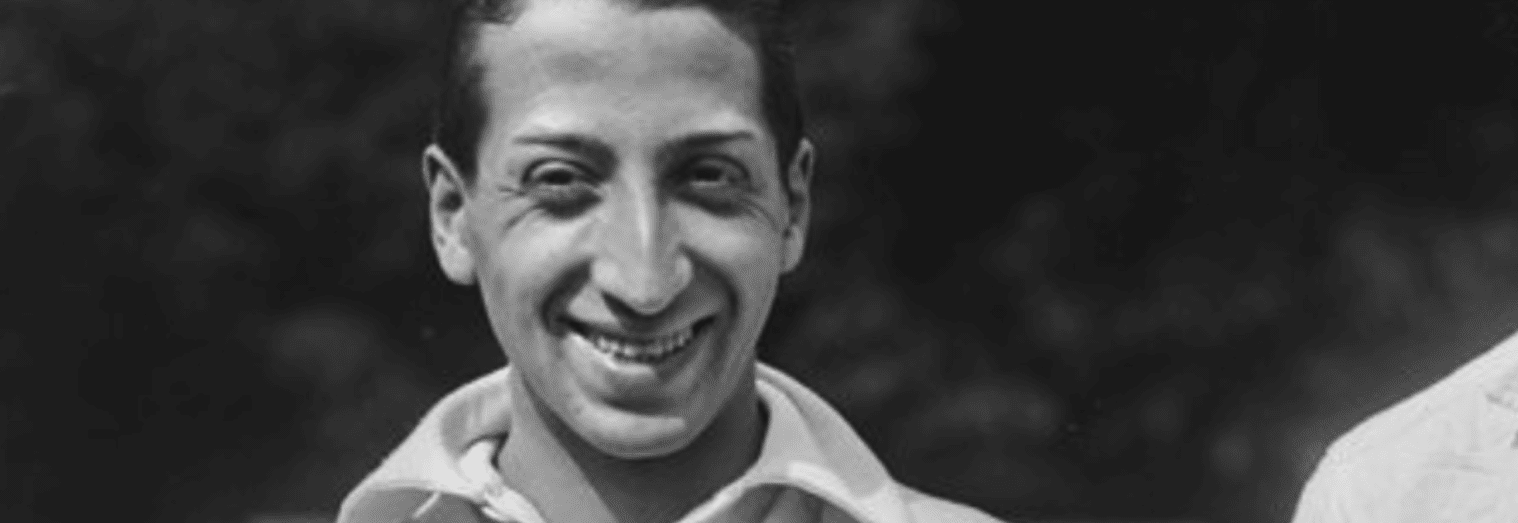
RENÉ LACOSTE:
hIS TRUE HISTORY


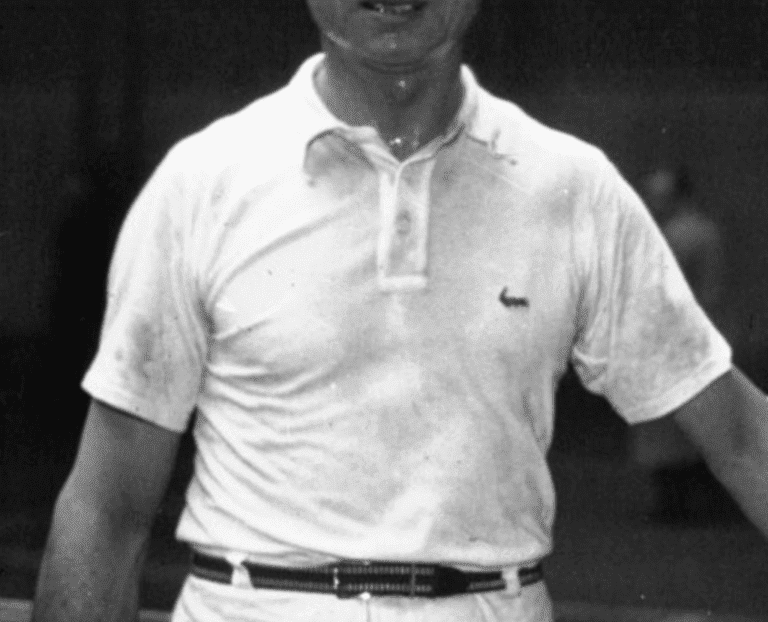


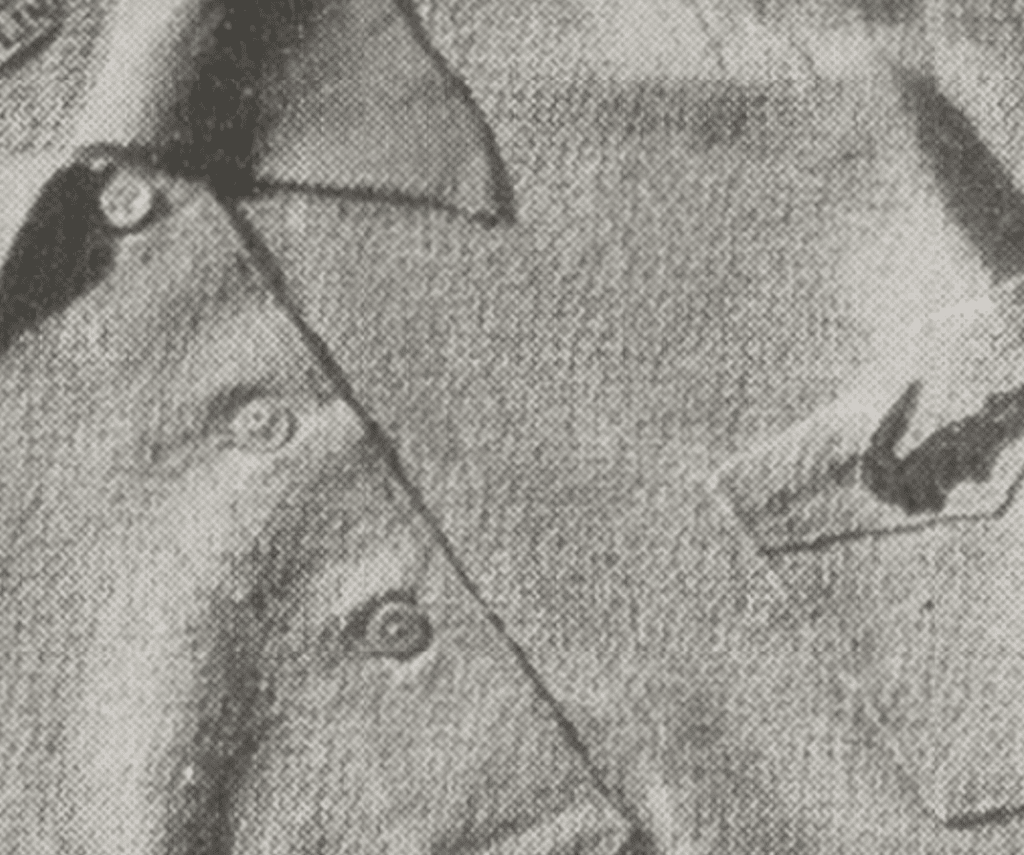
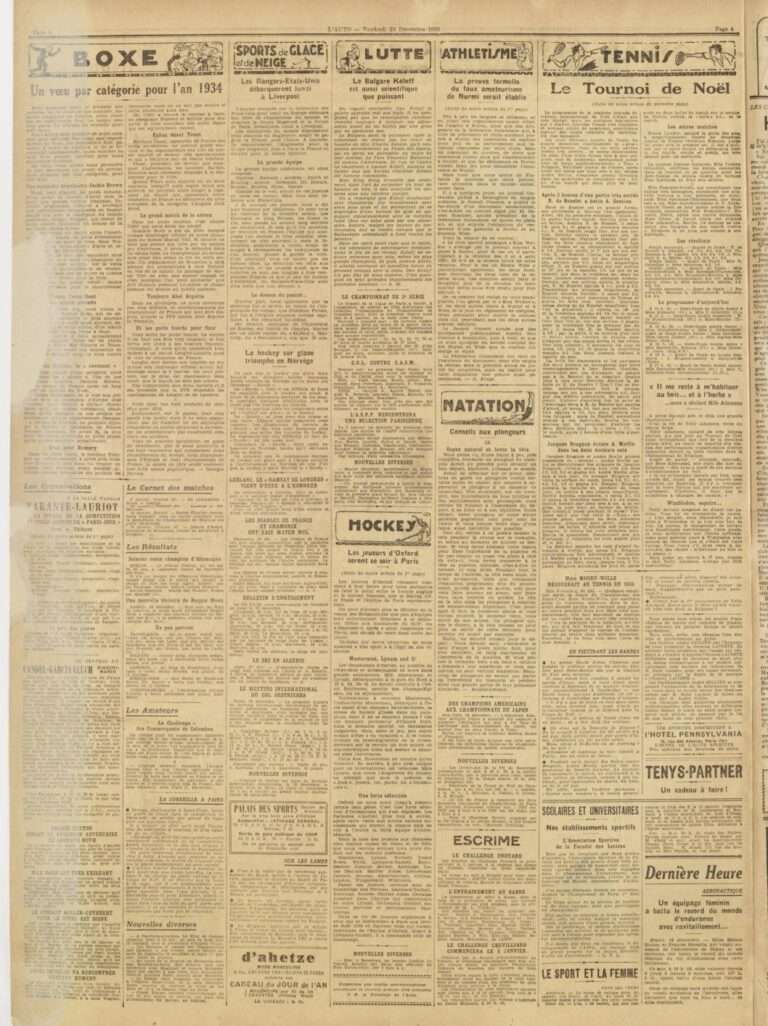
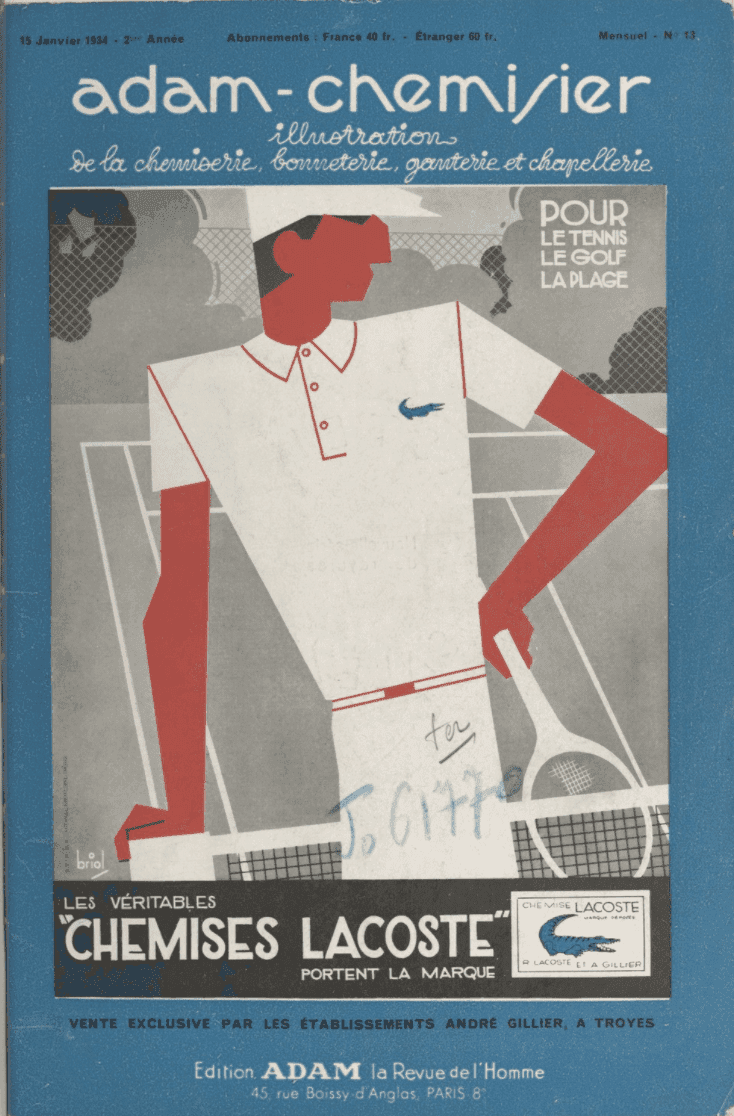

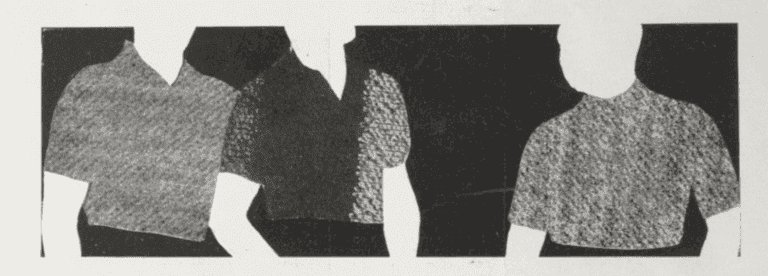
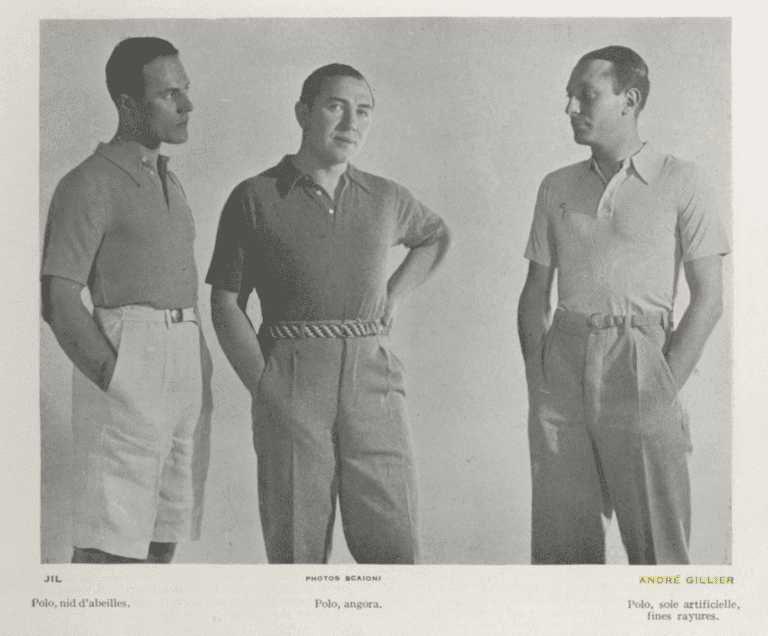
■ In 1933, André Gillier and René Lacoste signed a licence agreement.
■ The company entered the polo shirt market in earnest in 1934.
■ The most important thing was the guarantee of a shrink-proof finish (it was probably taken for granted that they would shrink).
■ The first choice of material was wool.
■ Other fabrics were made from carded Sakell cotton, silk and linen.
■ Alligator logo.
■ Polo shirts of this period were commonly known in France as ‘Chemise Lacoste’ (Lacoste shirt).
■ Unlike the current L1212, this shirt has three buttons.
■ The shirt was designed to be long so that it did not extend beyond the trousers.
■ The ribbed collar is comfortable to wear and seems to suck in the neck.
■ High-waisted pantyhose are a common style.



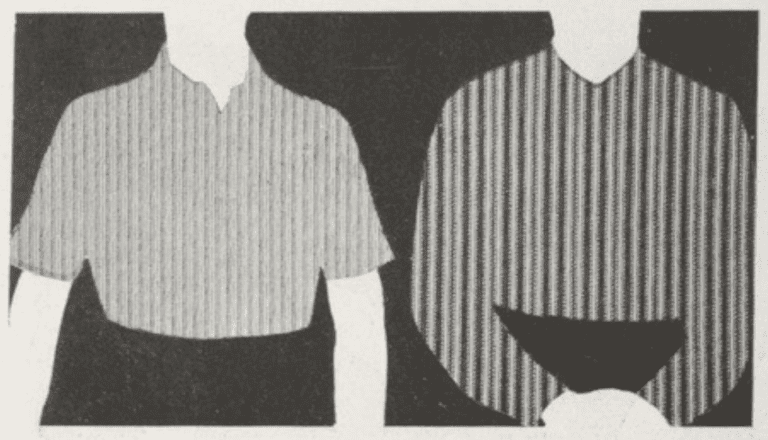

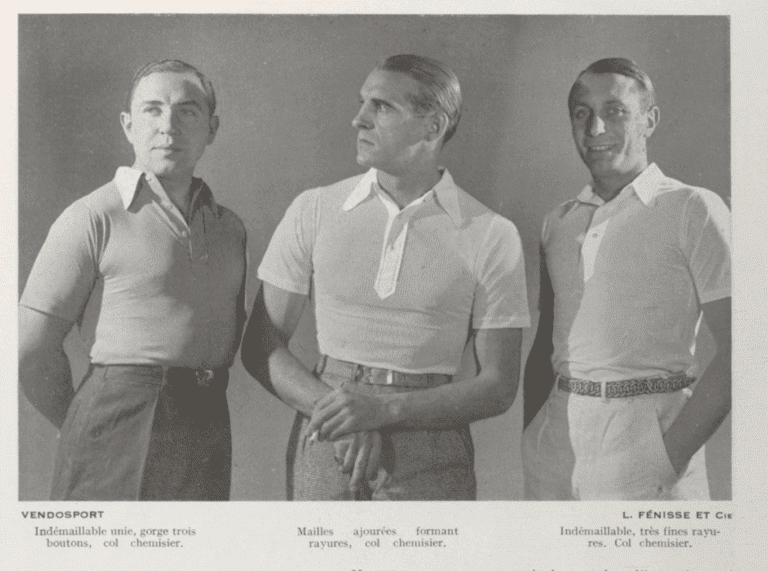
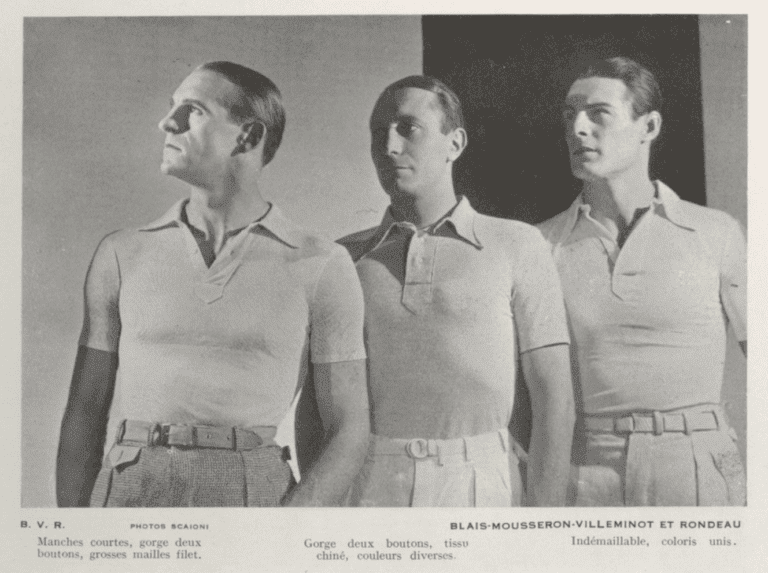
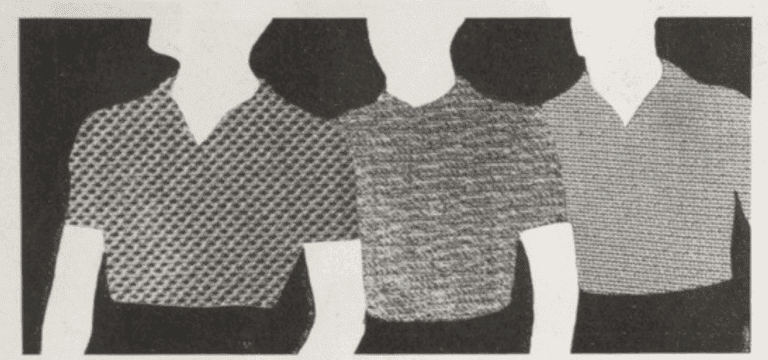


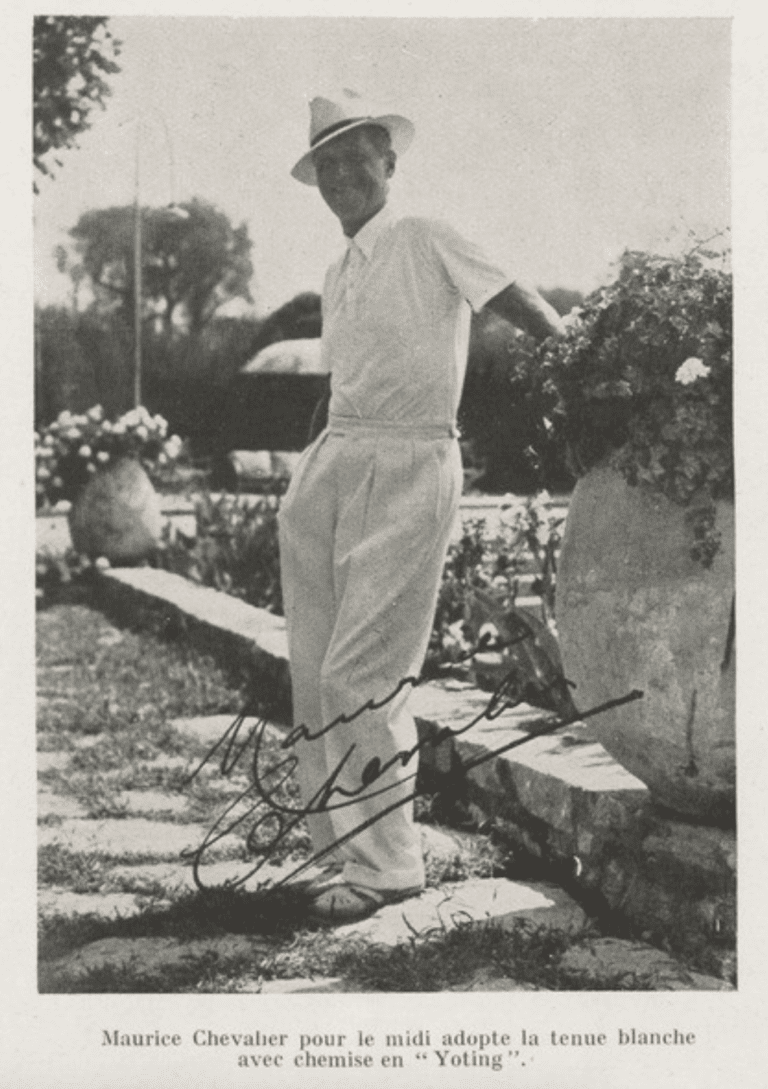


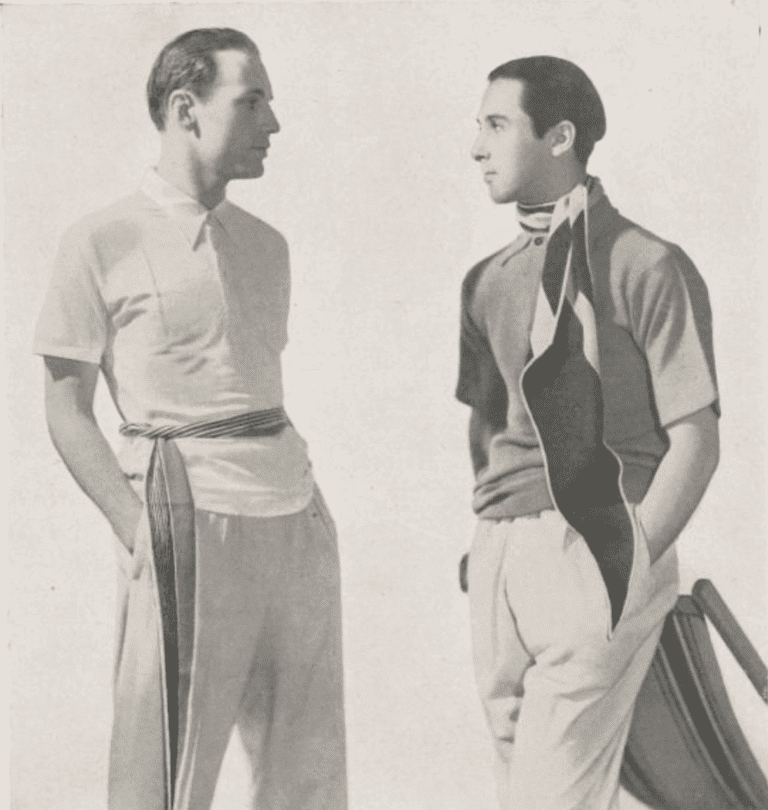




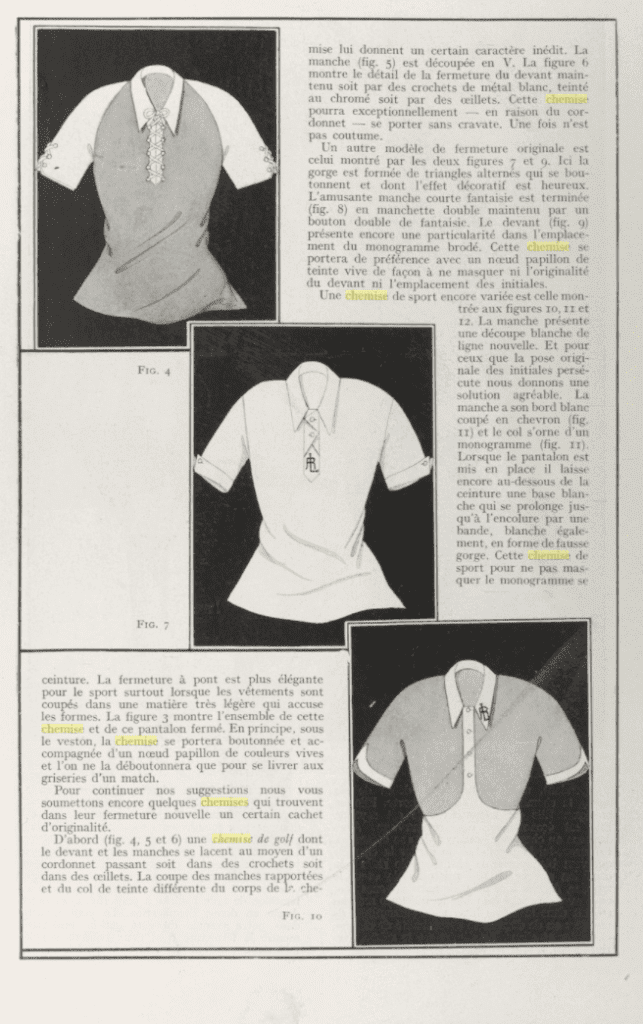

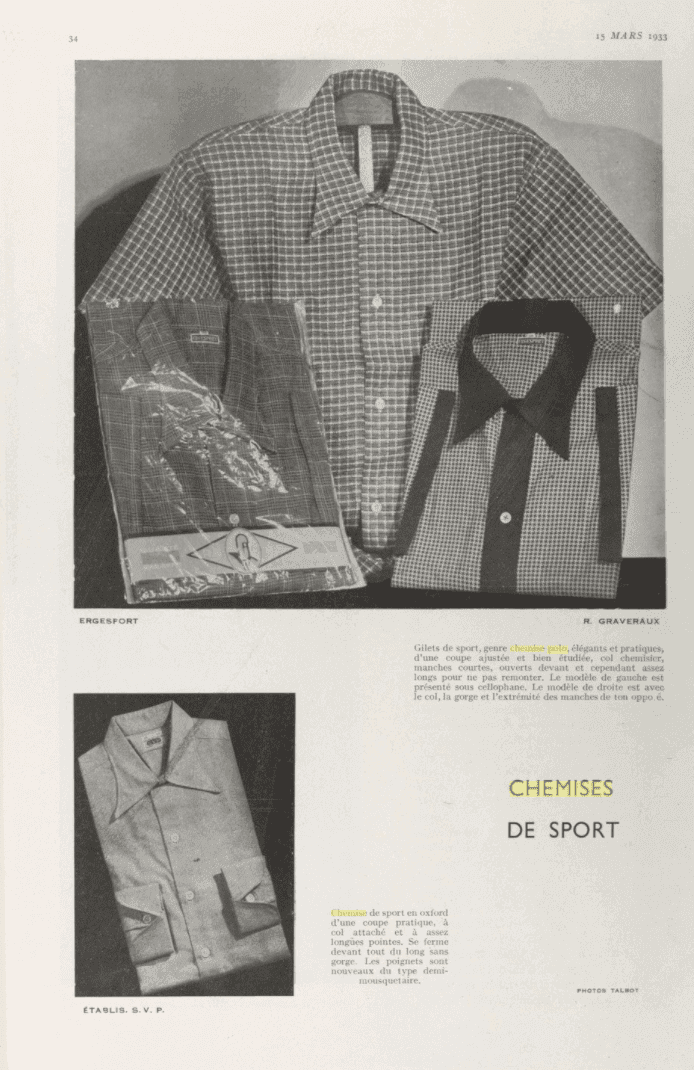

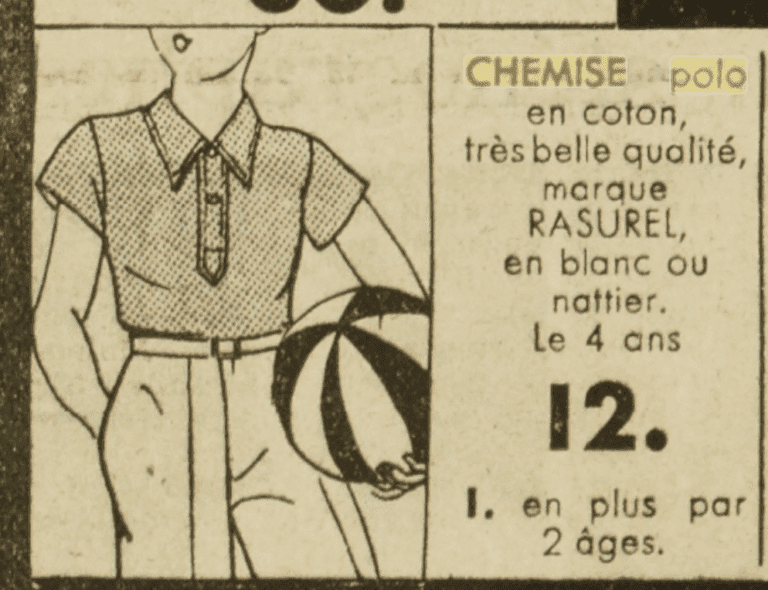



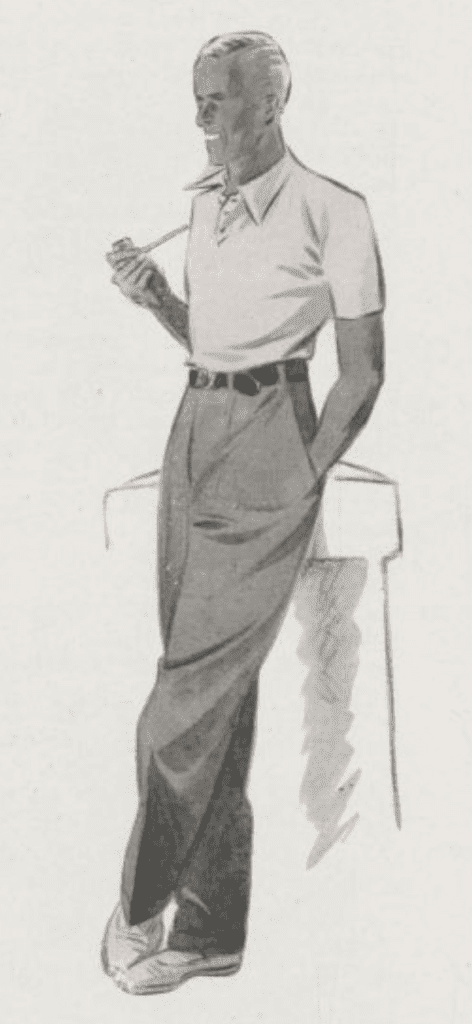
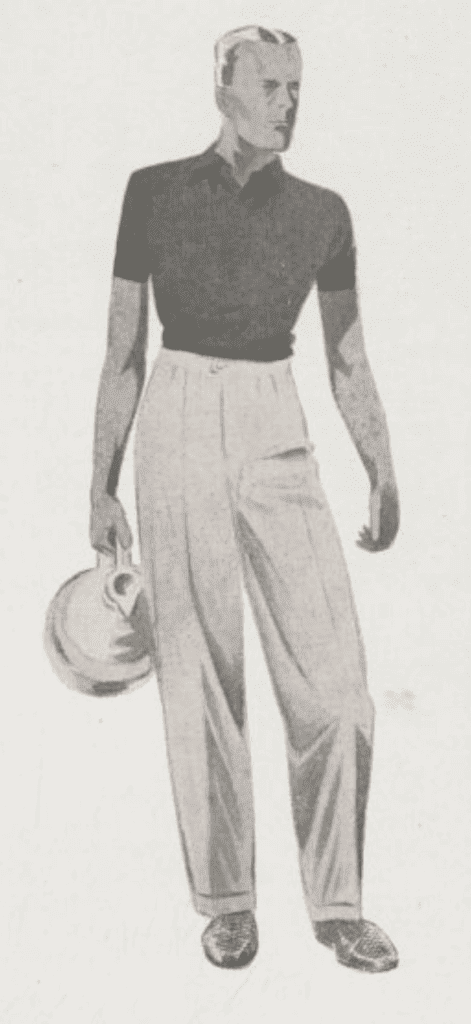
- Usual combination: white trousers and a coloured knitted shirt. In this case, the shirt should not be too dark. Favourite shades are red, blue and yellow, depending on skin and hair colour. It was an Englishman (writing note Edward VIII?) who unconsciously taught me this combination. was. Nevertheless, basque velette is very suitable but optional. Very popular combination: navy shirt and grey flannel trousers. We also recommend dark sandals, which are made in two very practical shapes and can be found in good shops. A A third combination will surely please you as much as the first one.
2. We hesitated for a long time before deciding to draw these lines, and especially remember that we predicted this happiness would arrive over a year ago… and we recall the horror when hairdressers started cutting women’s hair short. How outraged they were.
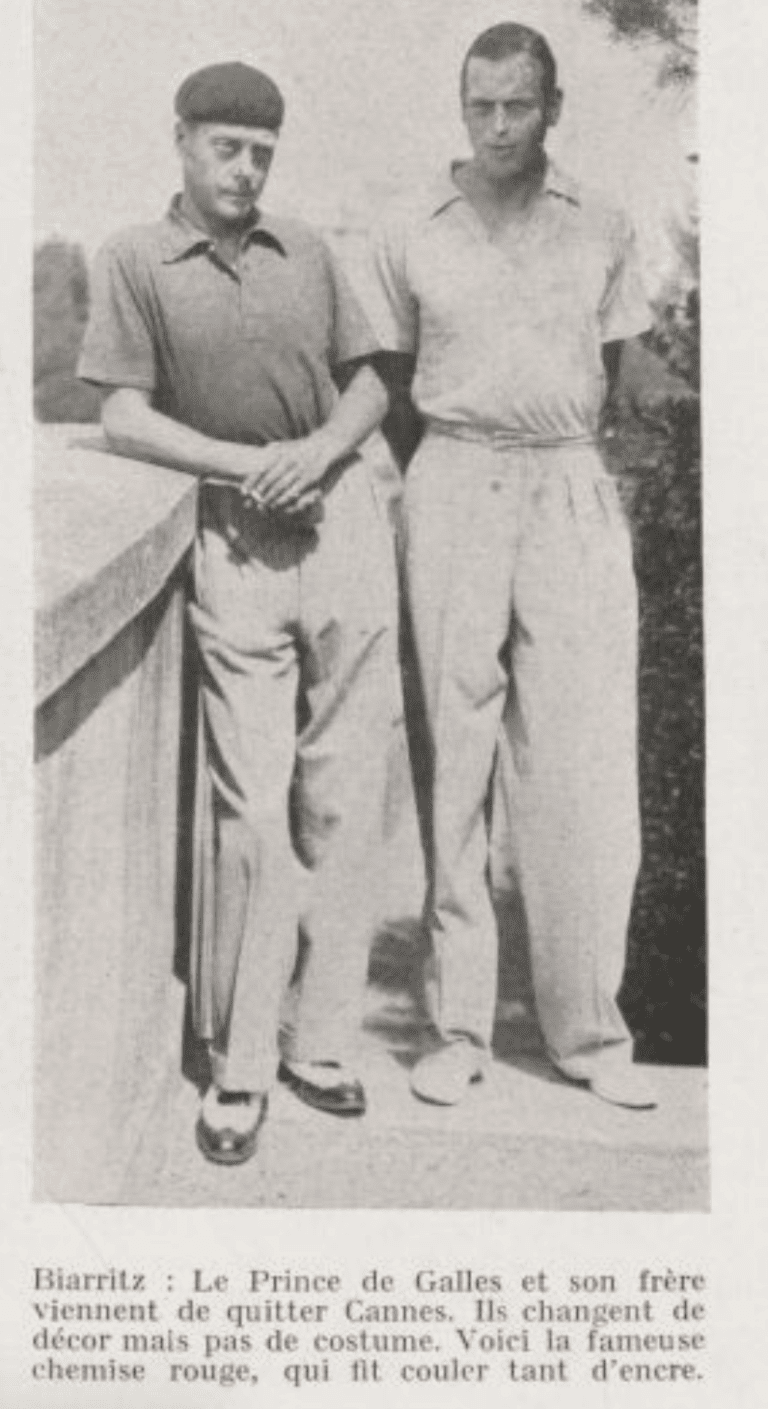
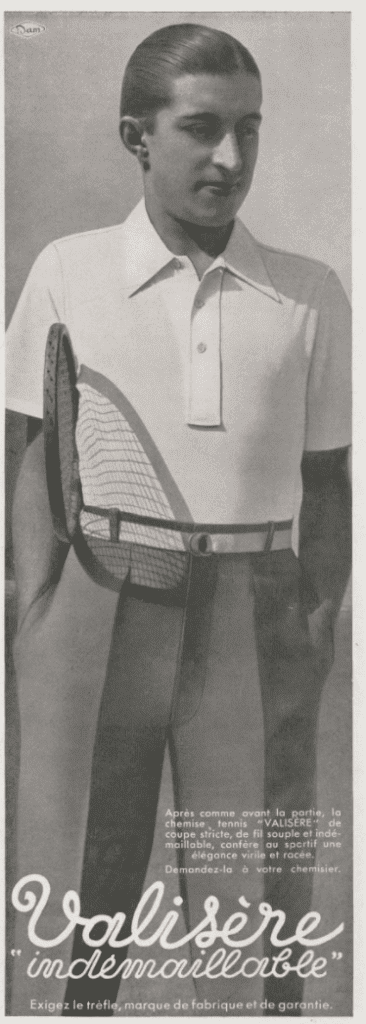
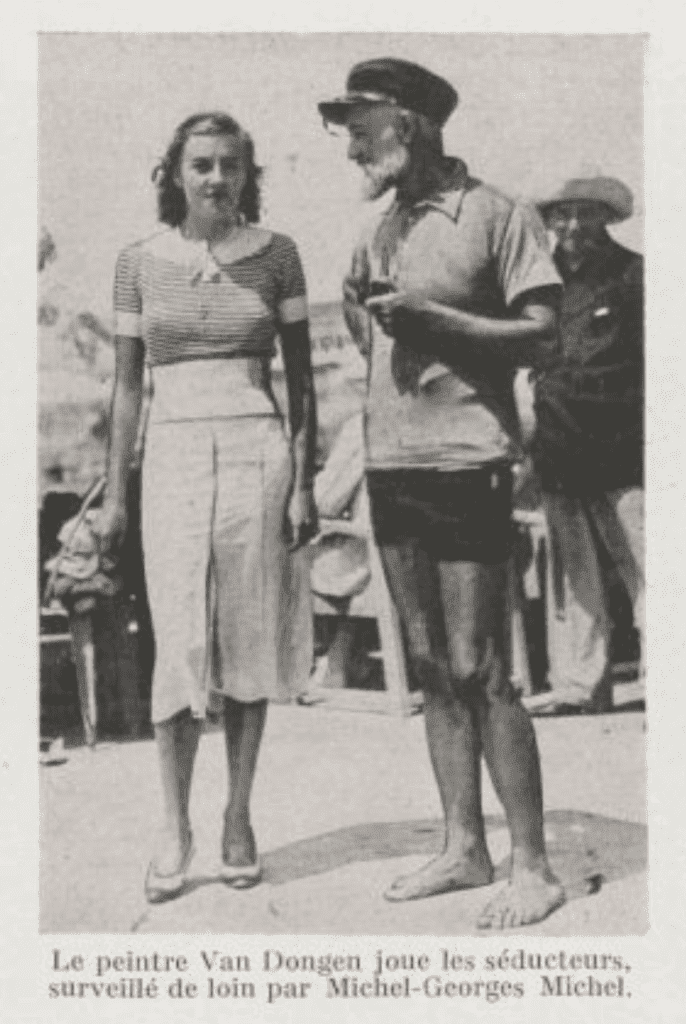
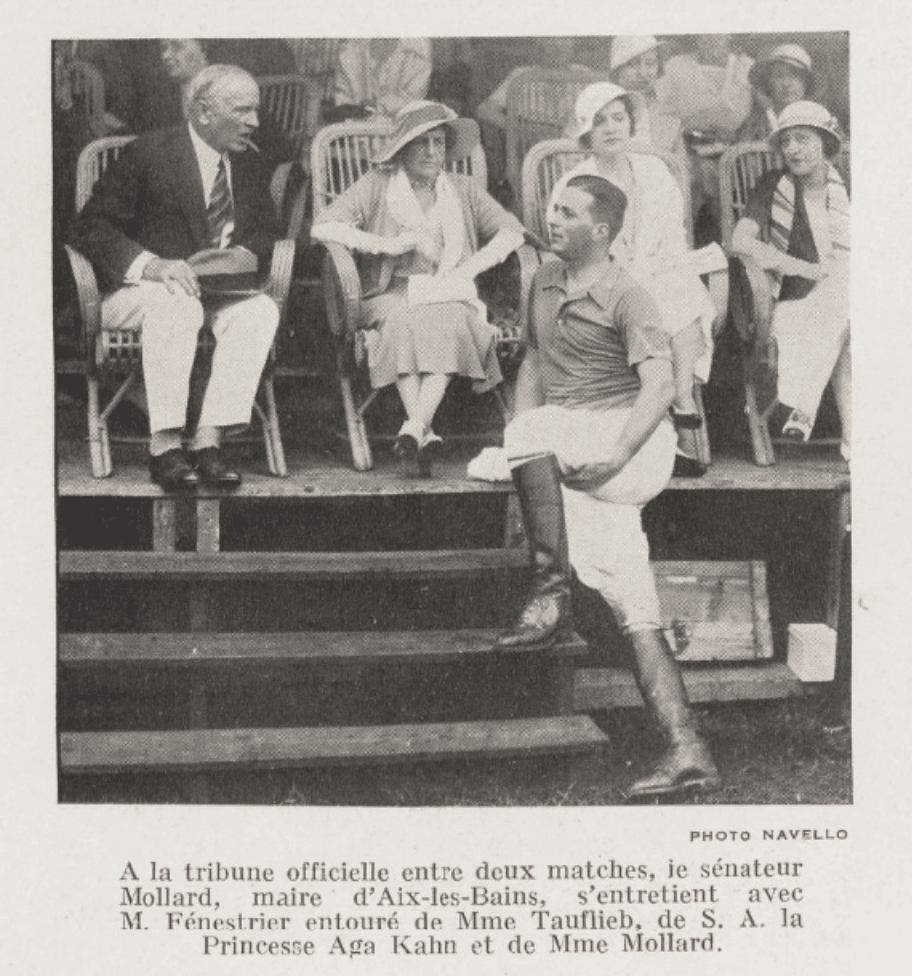
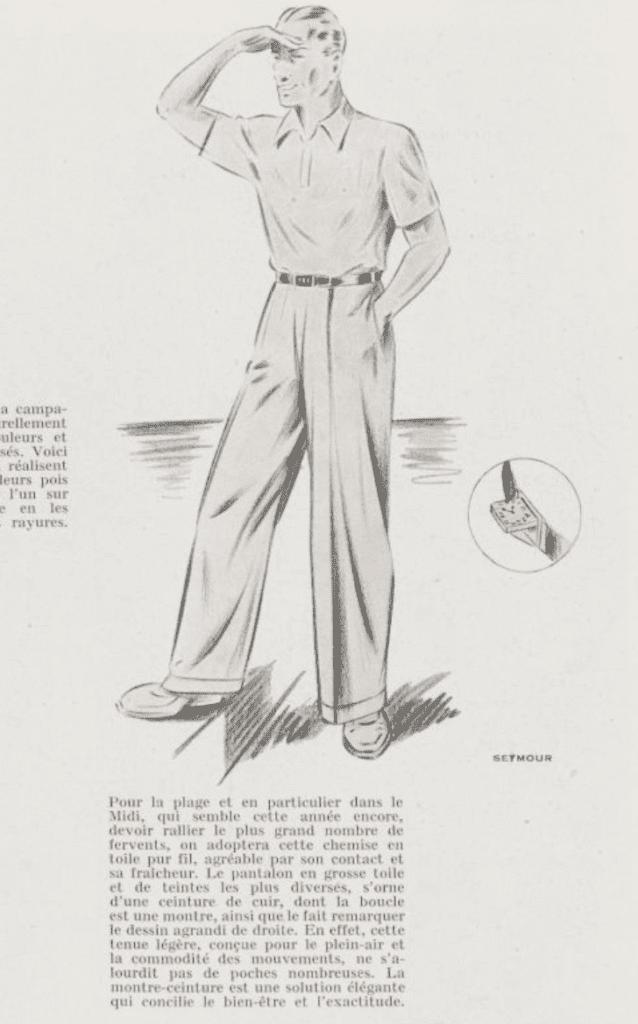

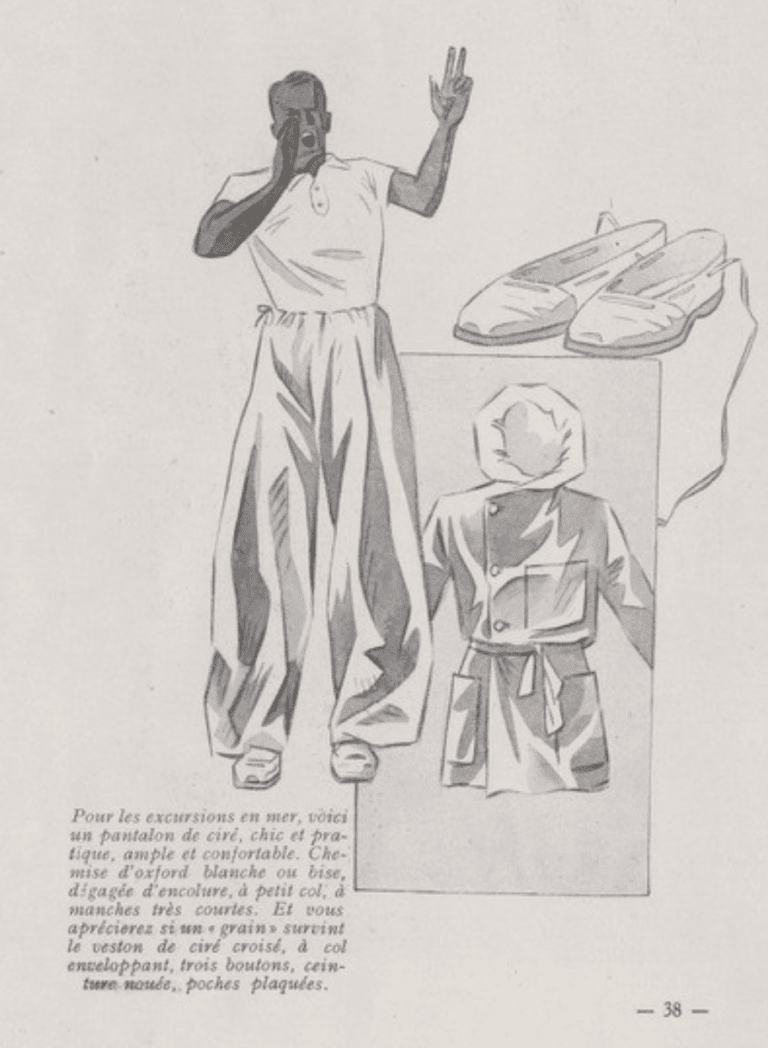
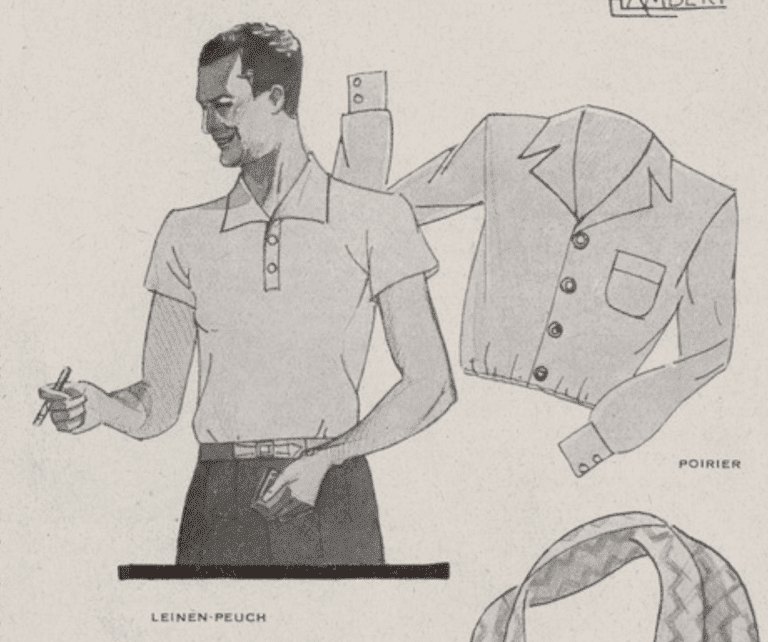






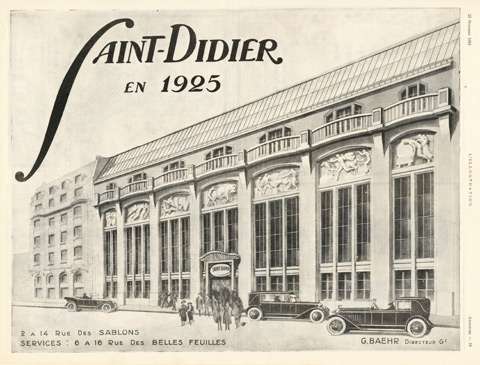
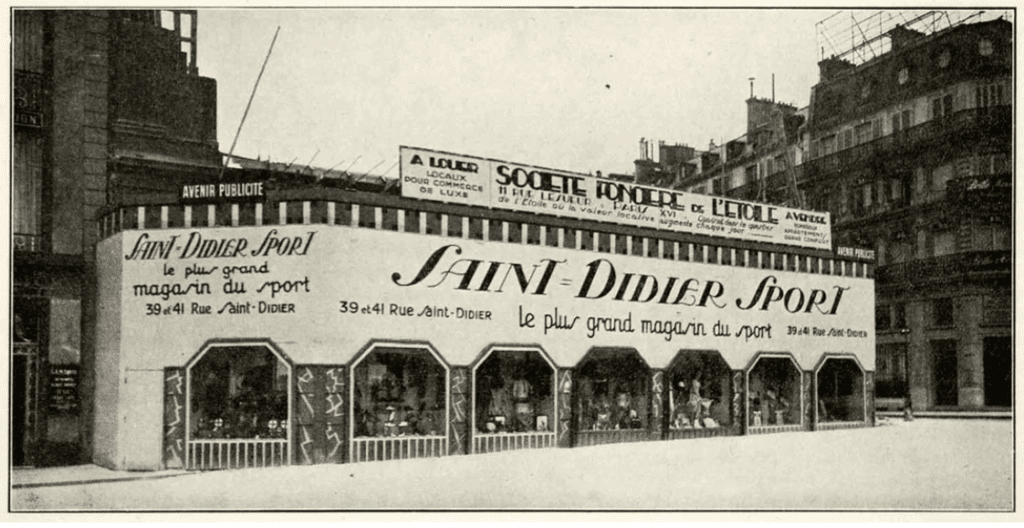



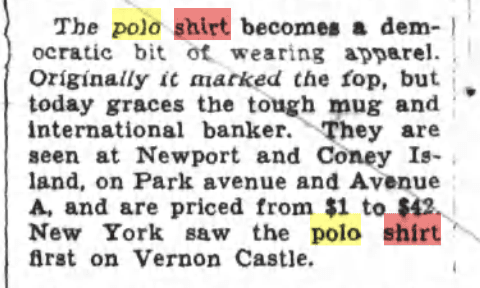







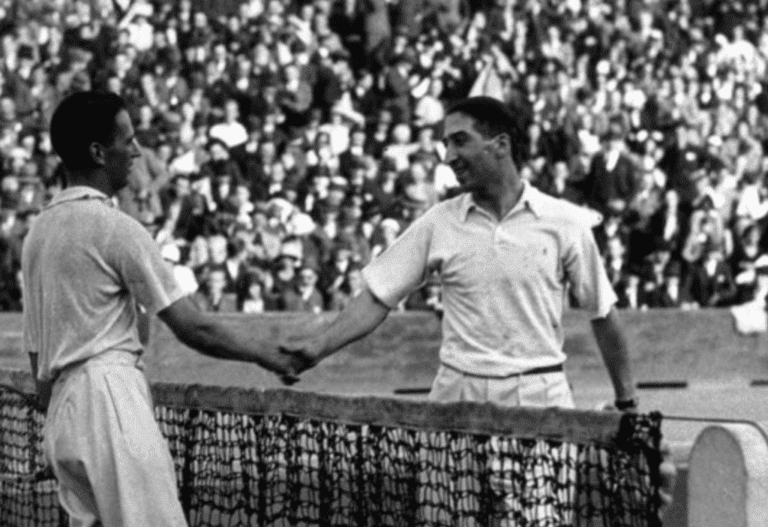



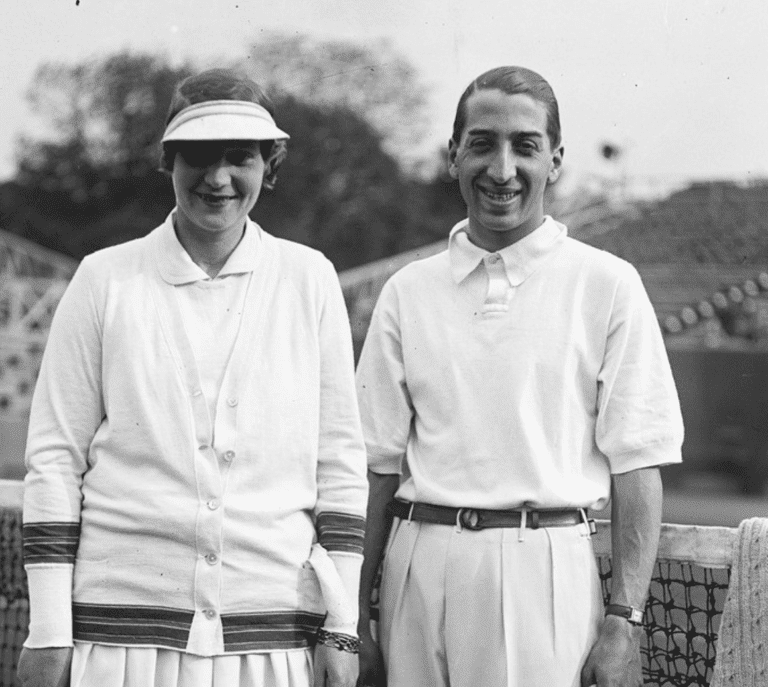
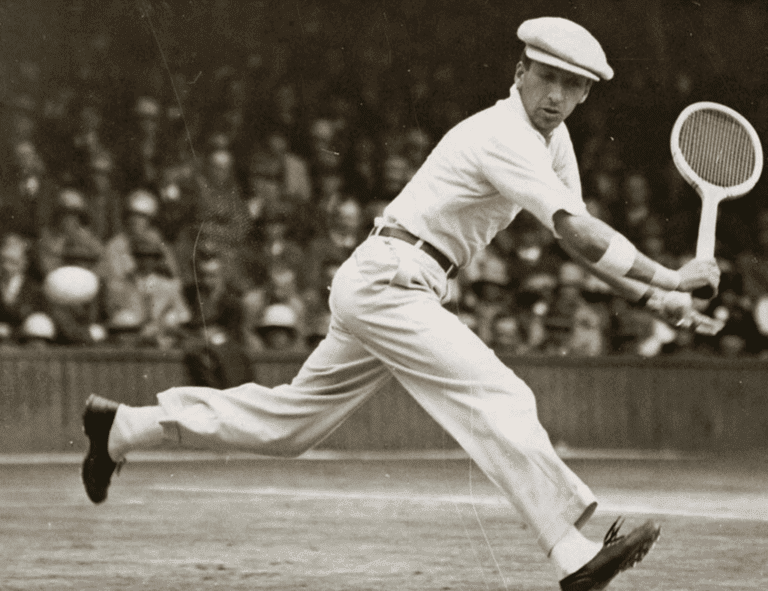









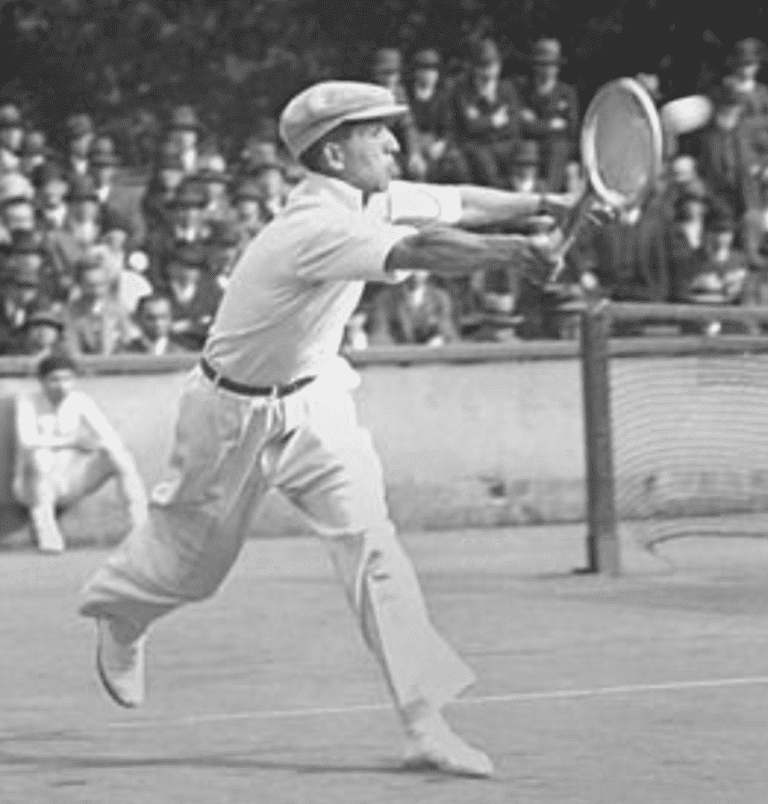


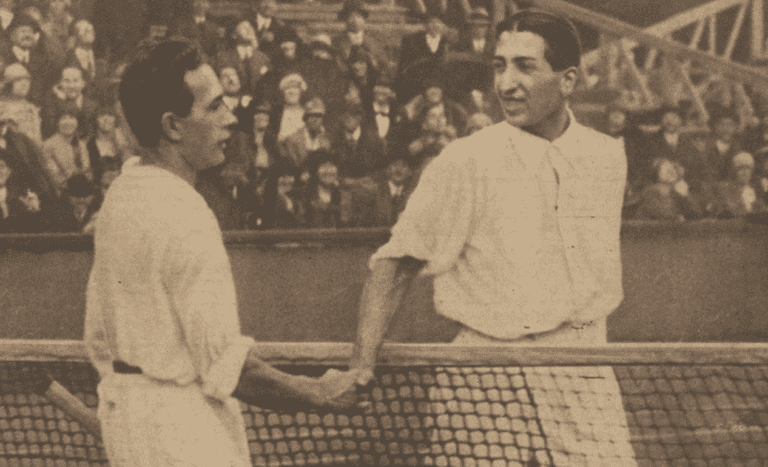

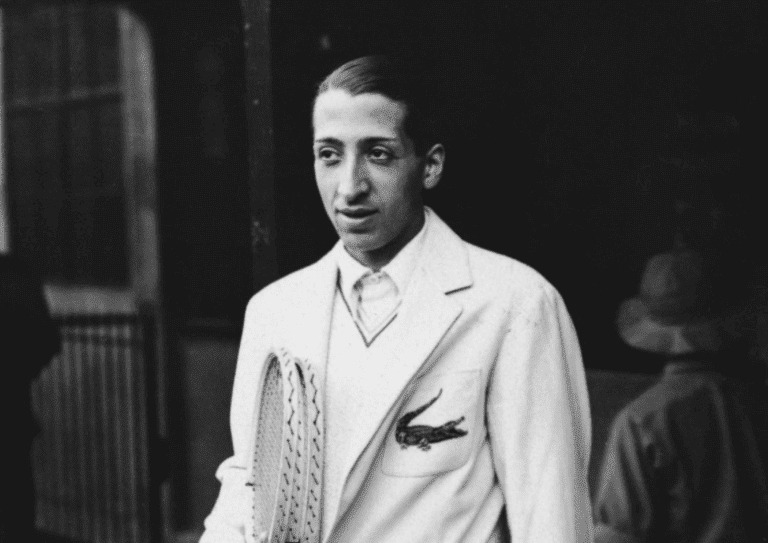
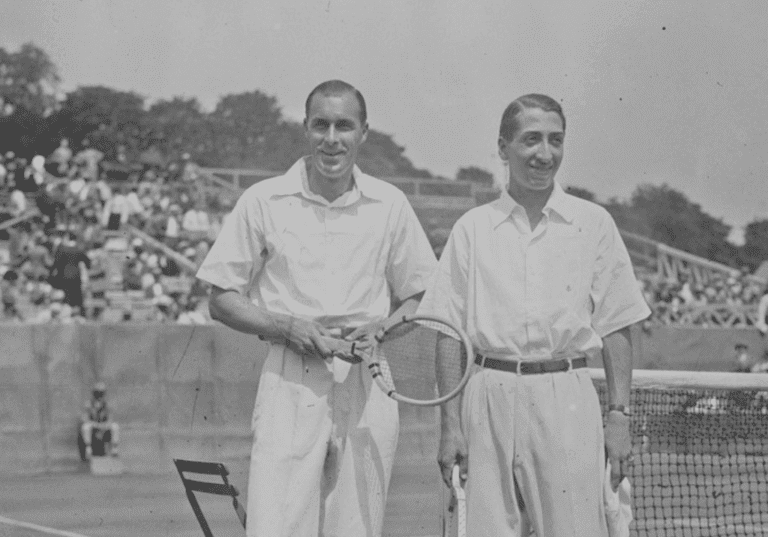
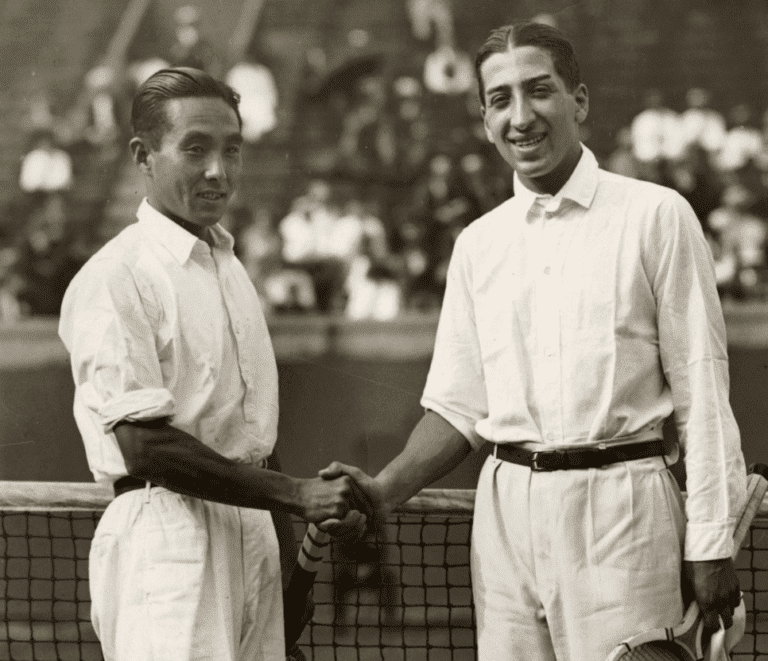








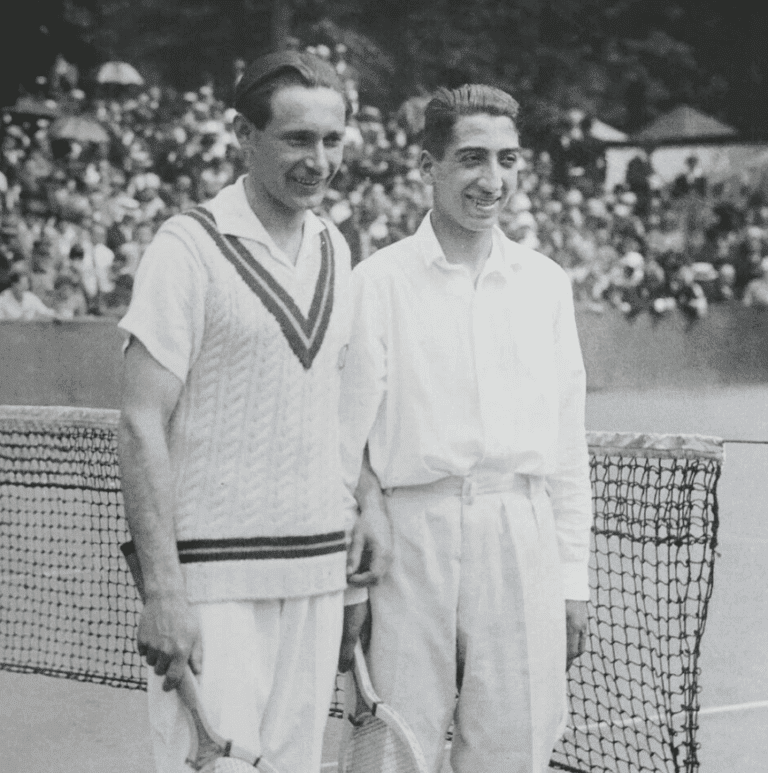
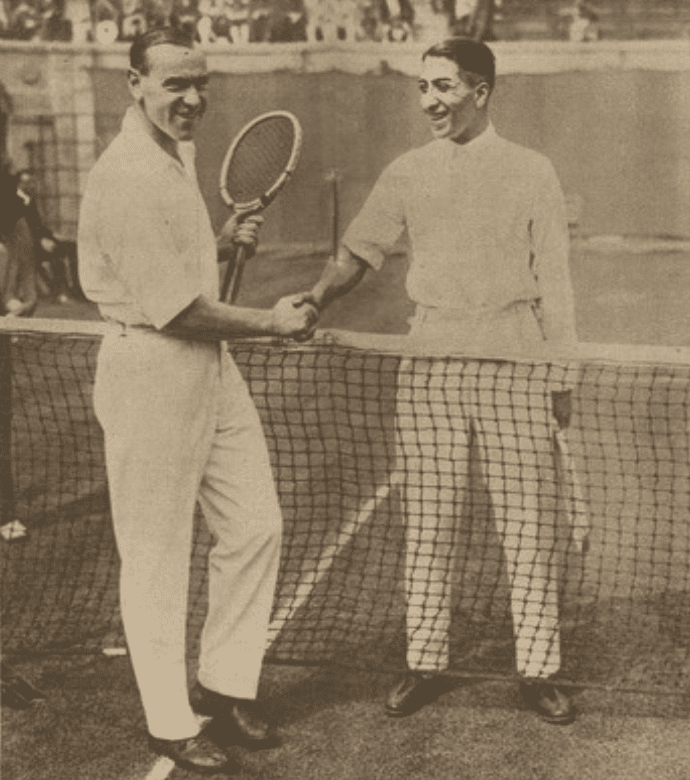
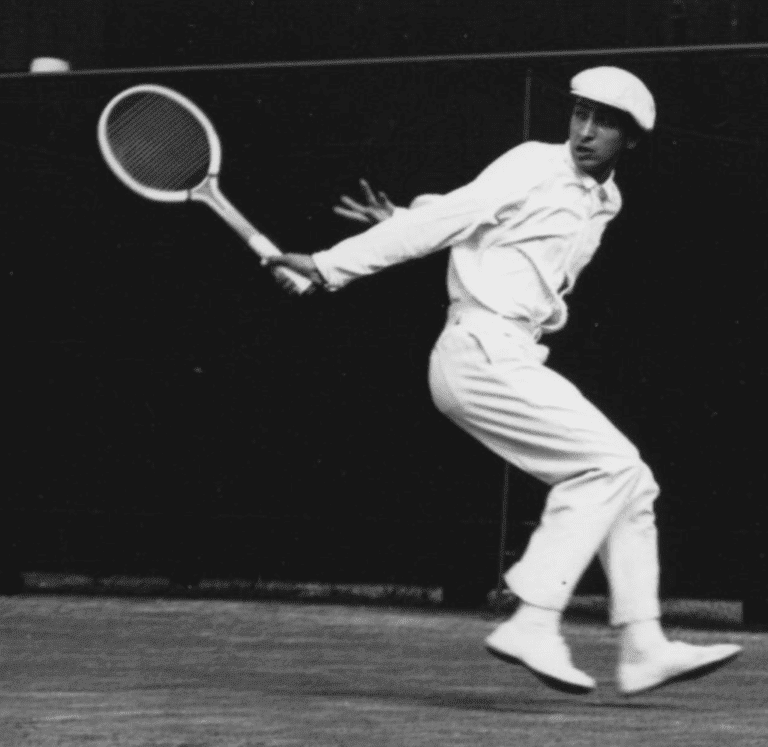
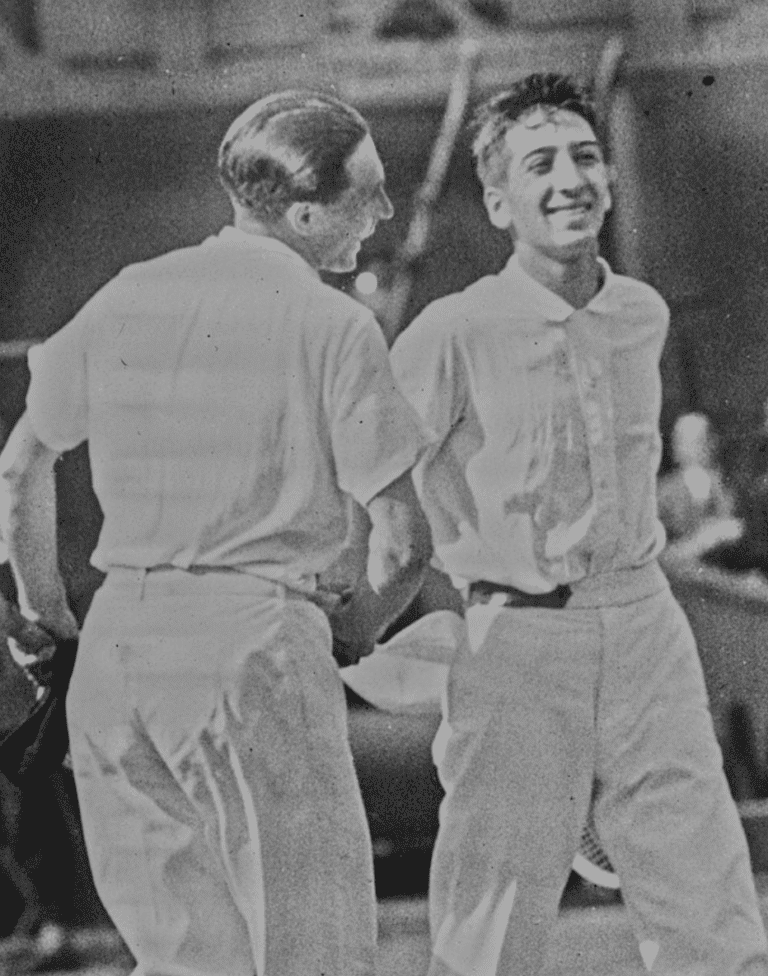
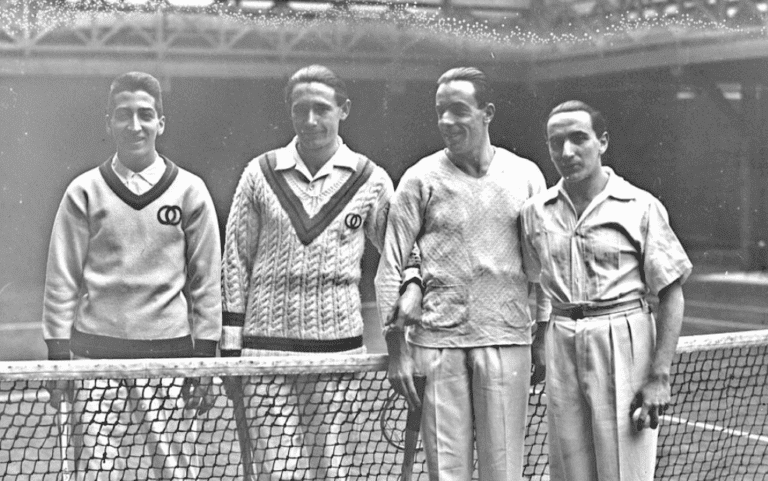
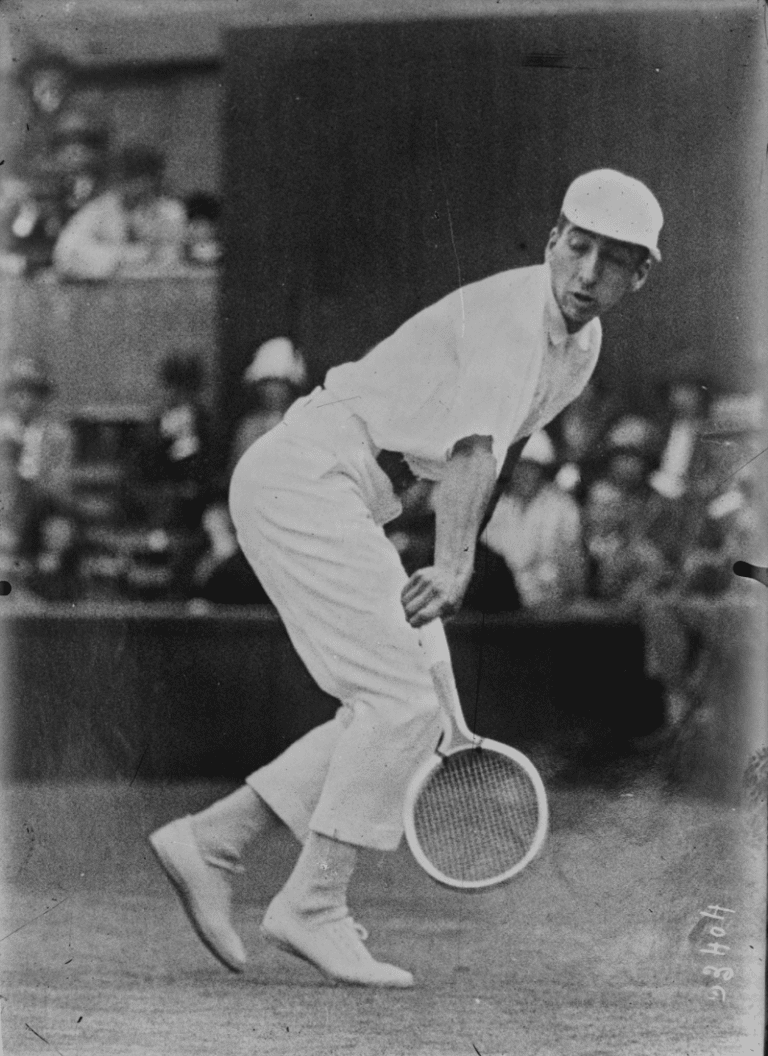
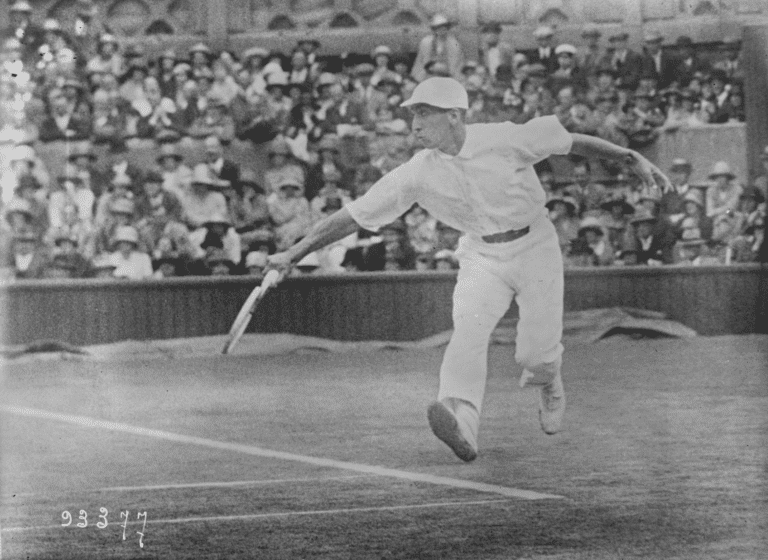
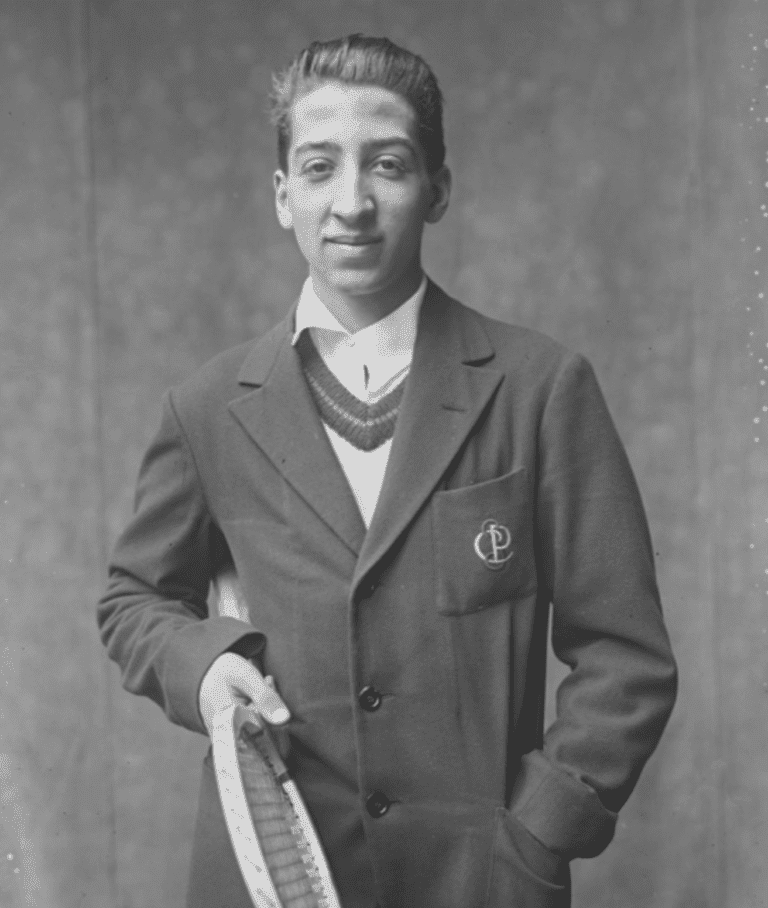


What can be determined from the timeline.
■ Polo shirts appeared around 17 May 1927 Davis Cup (against Romania).
■ Lacoste himself used short-sleeved shirts from his Davis Cup debut.
■ Long sleeves and jumpers are also essential in tennis because of the long season.
■ Lacoste used short-sleeved button shirts from 1927 onwards.
■ In 1927, he wore a three-button shirt; in 1928, a one-button shirt.
■ Can be seen worn until 1932. (What was he wearing in the meantime?)
■ If the date in the photographic record is correct, Bunny Austin (UK) also wore it in 1928 (three buttons).
■ No one-pointed crocodile markings during the players’ period.

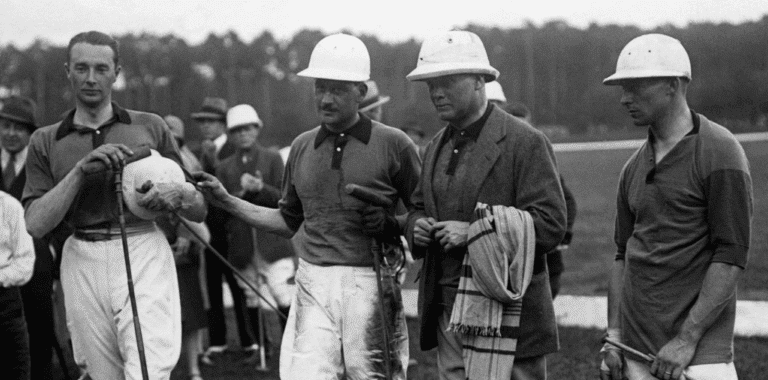
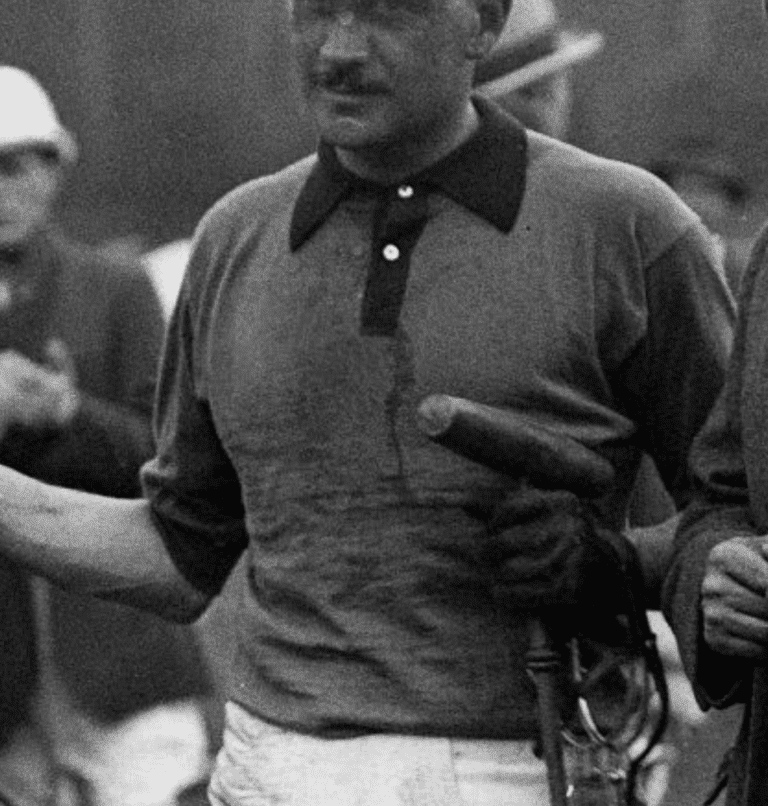

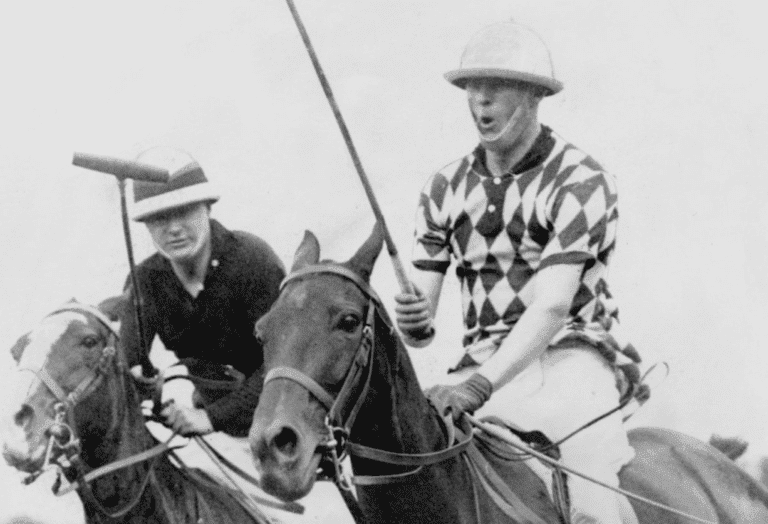

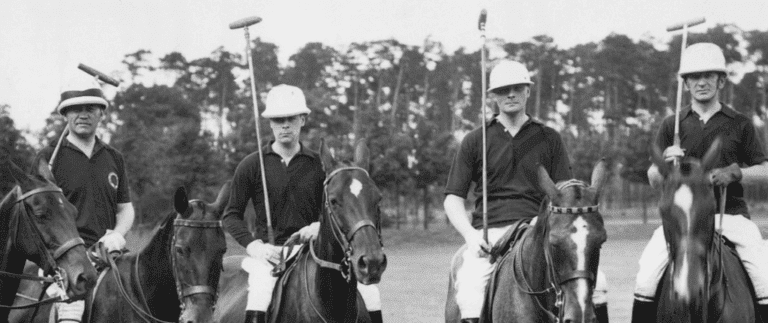

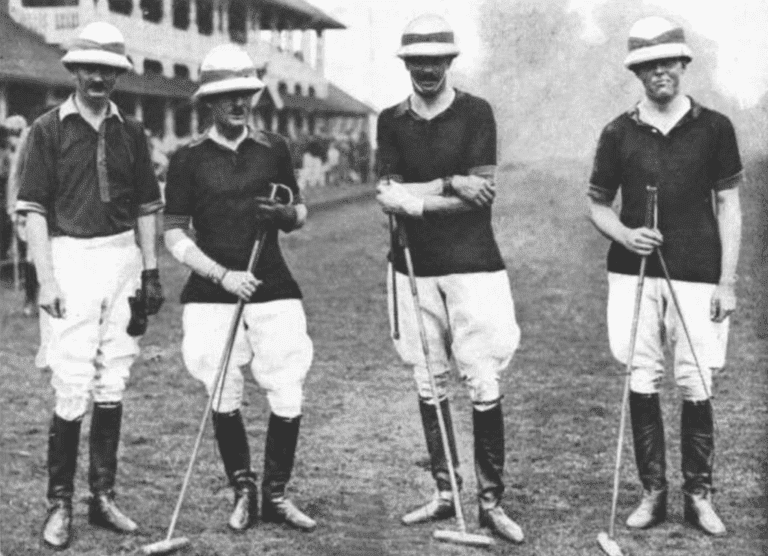


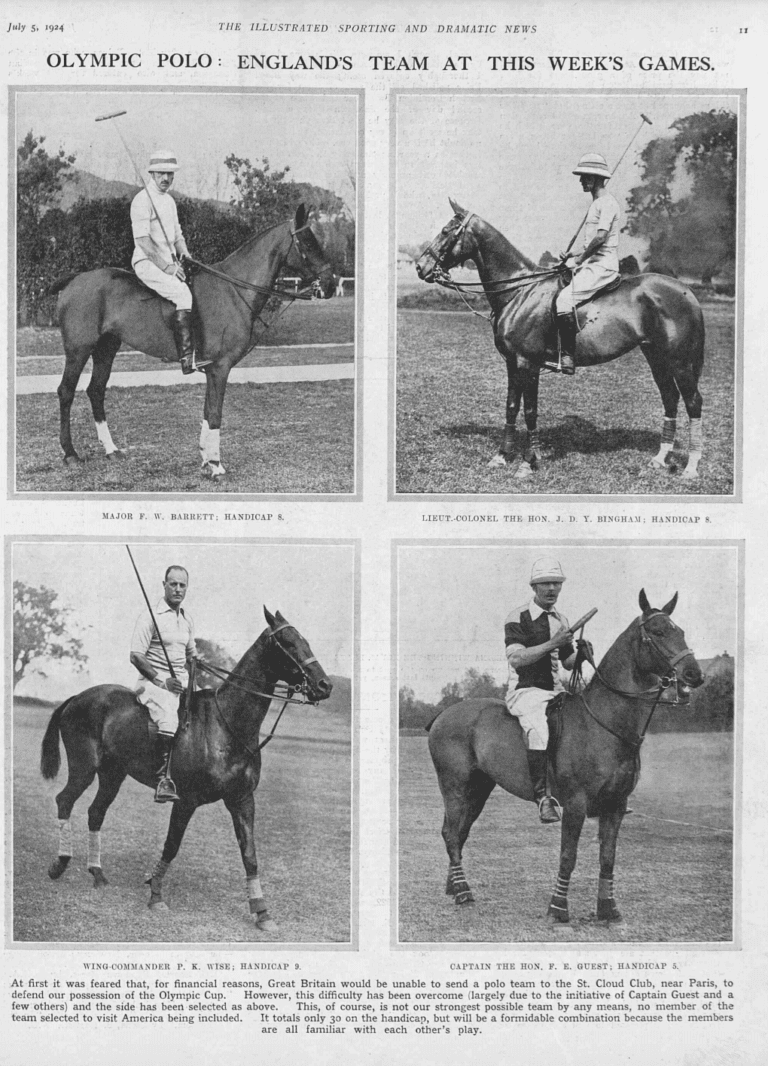


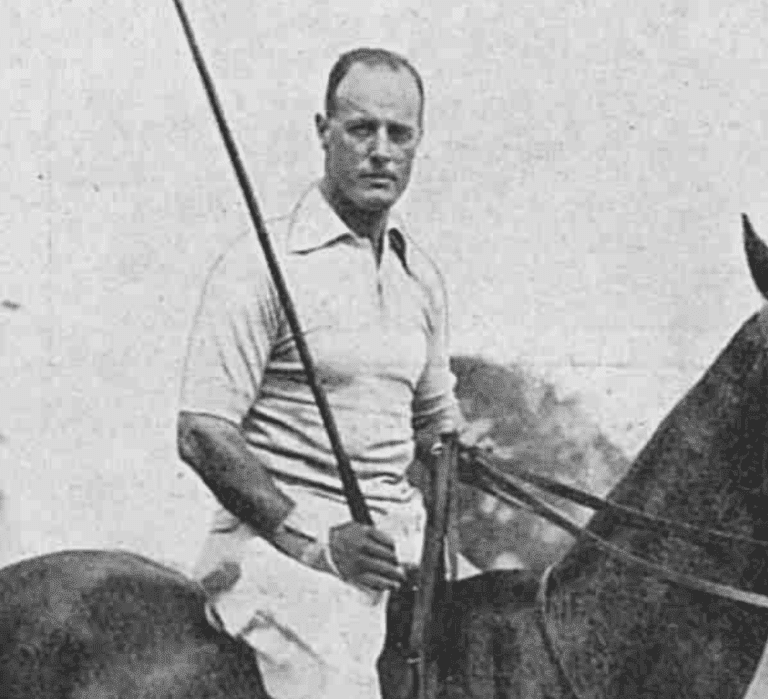
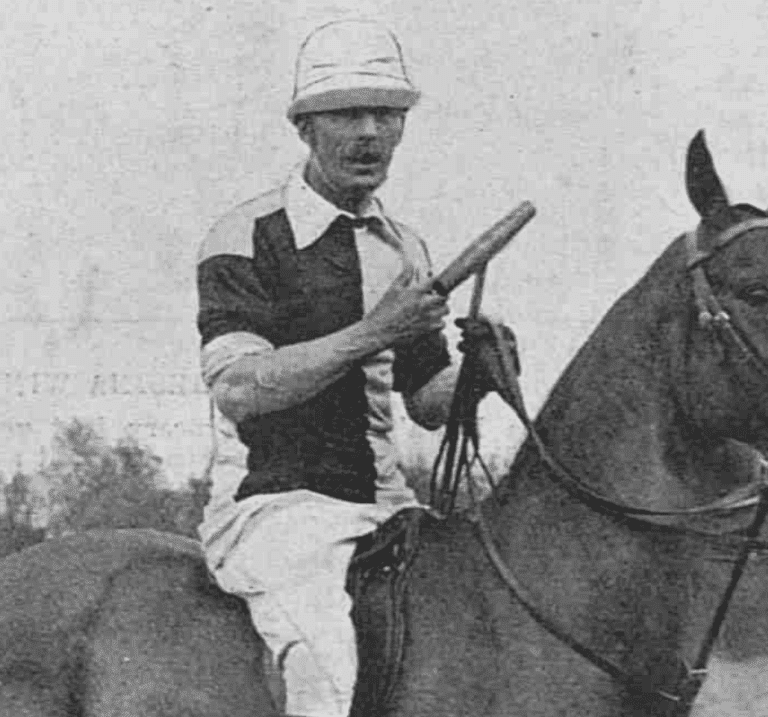


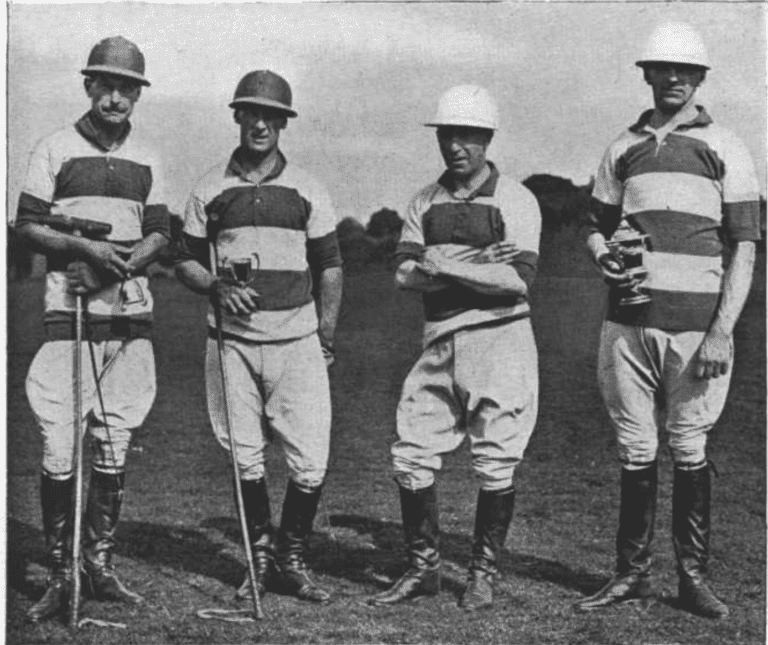
■ Polo players have been using collared shirts, which are believed to have been designed by Lacoste, for some time.
■ They existed at least as early as 1924.
■ The cotton piqué polo shirt may have been invented by André Gillier (Lacoste).
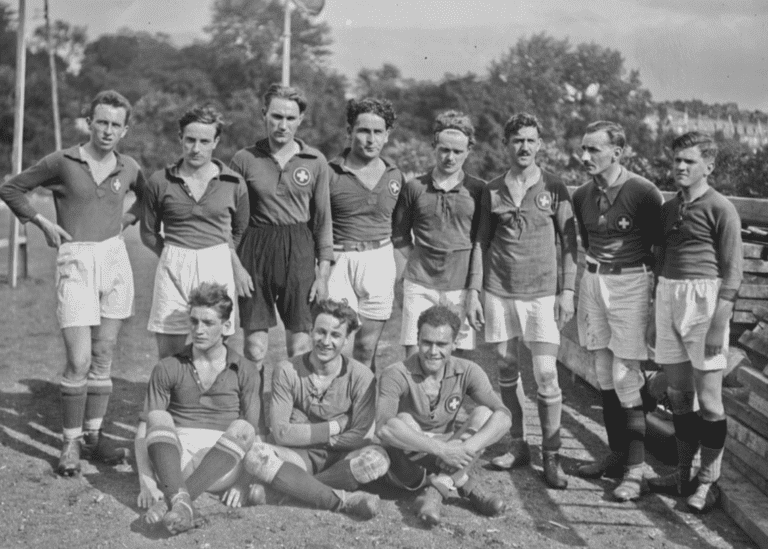

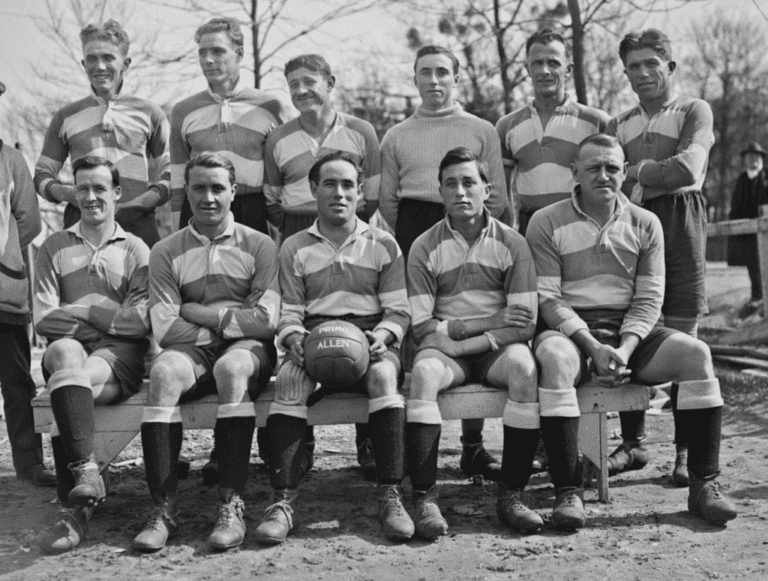
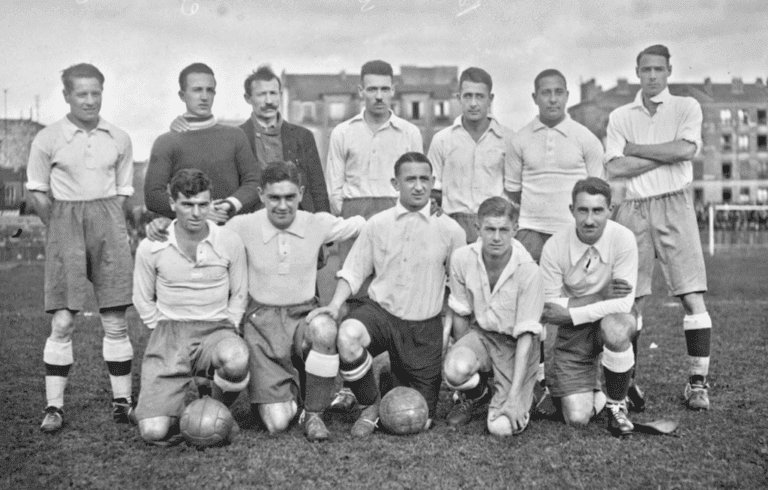






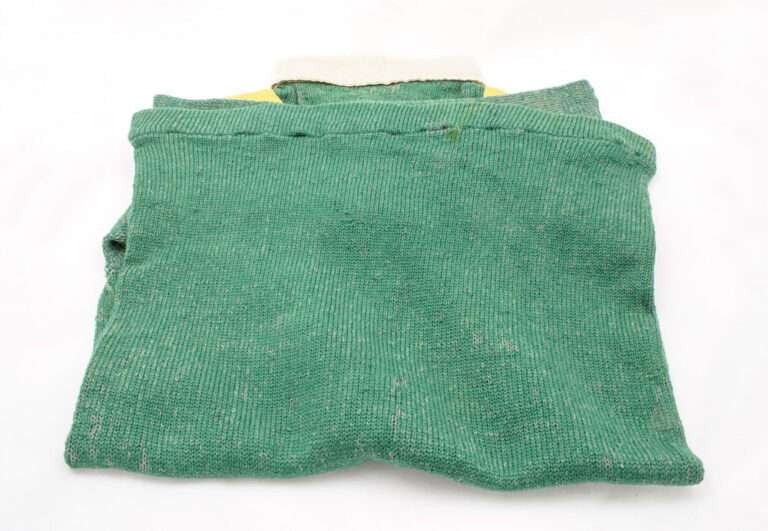
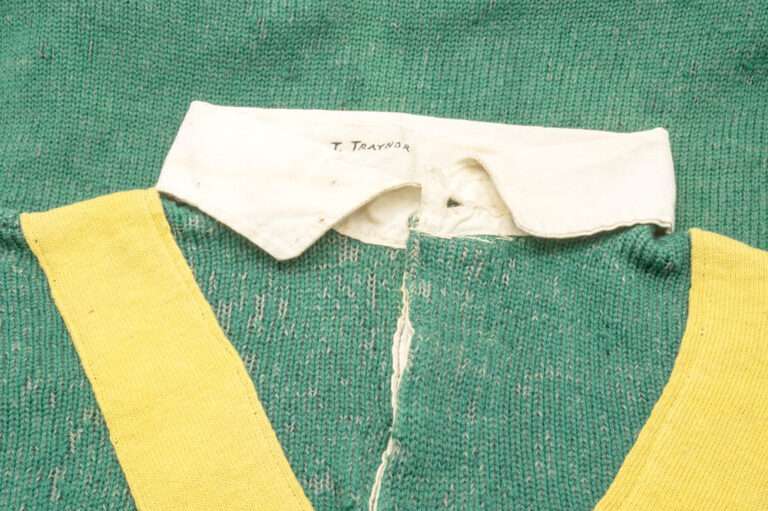
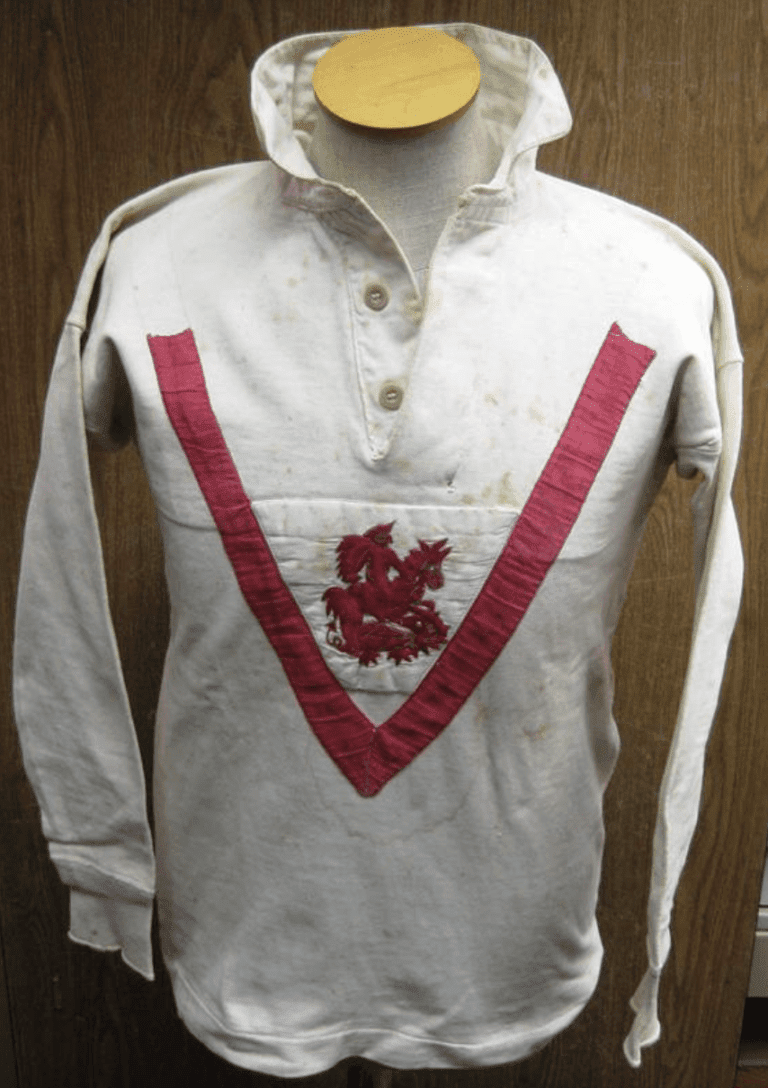
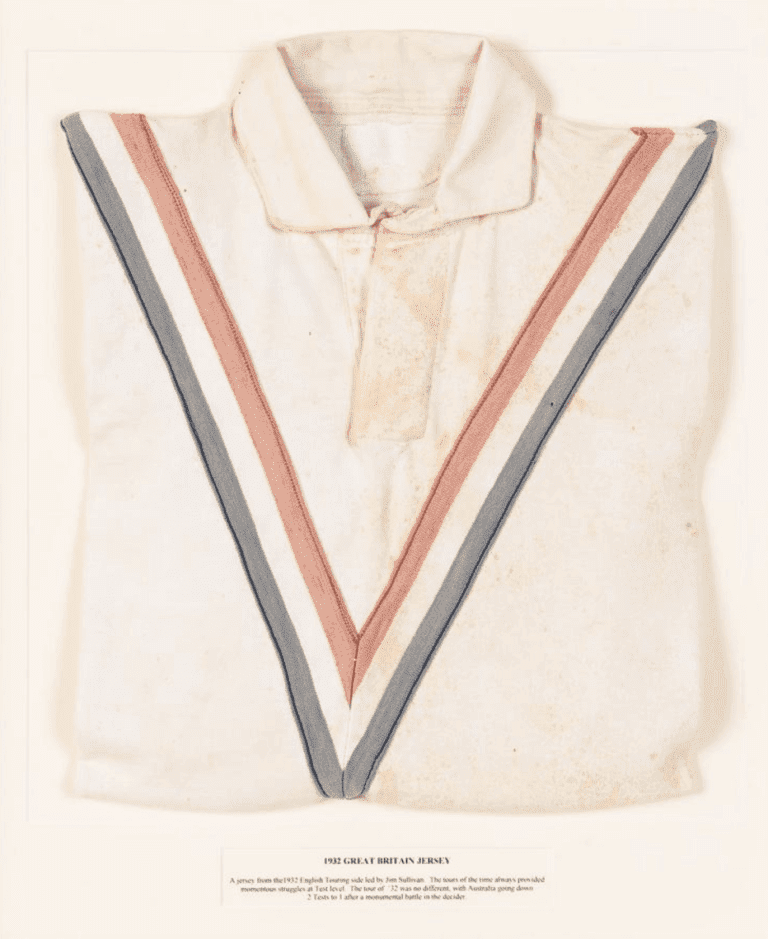
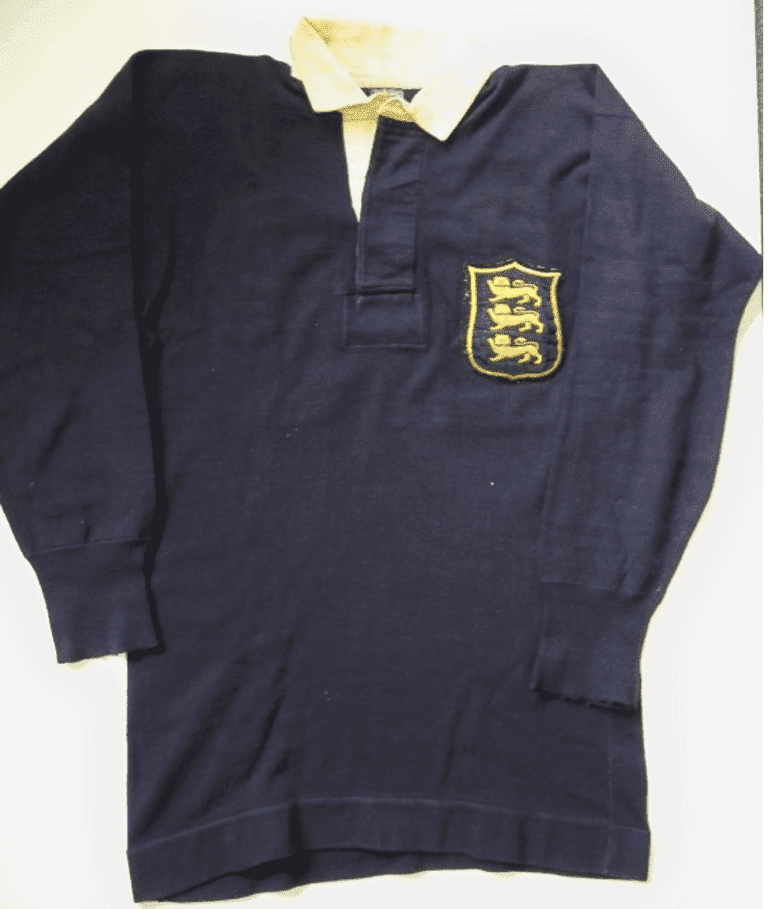





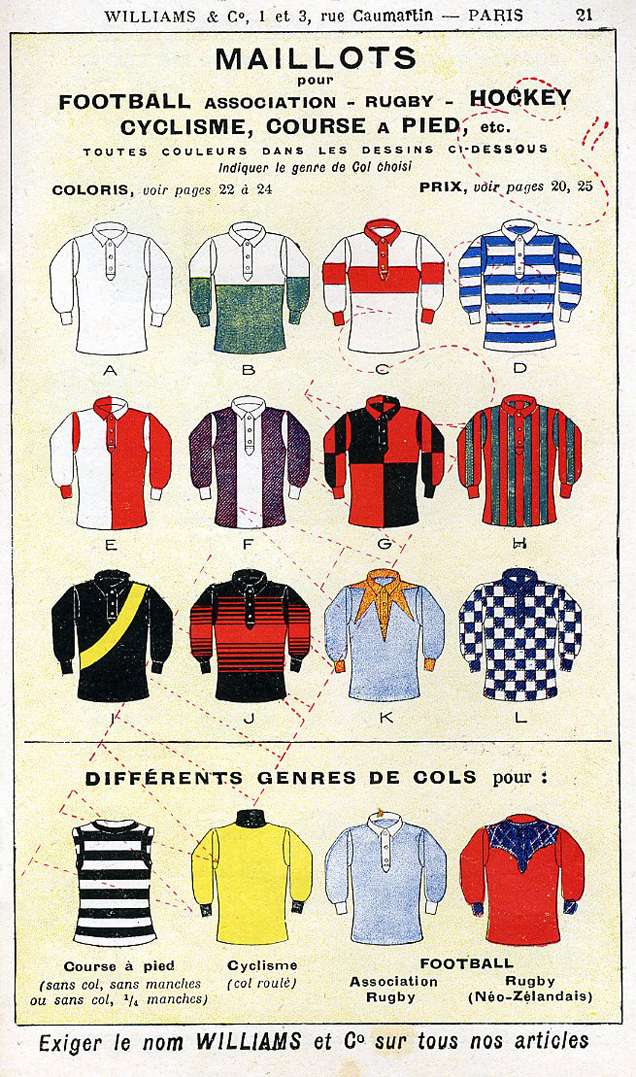

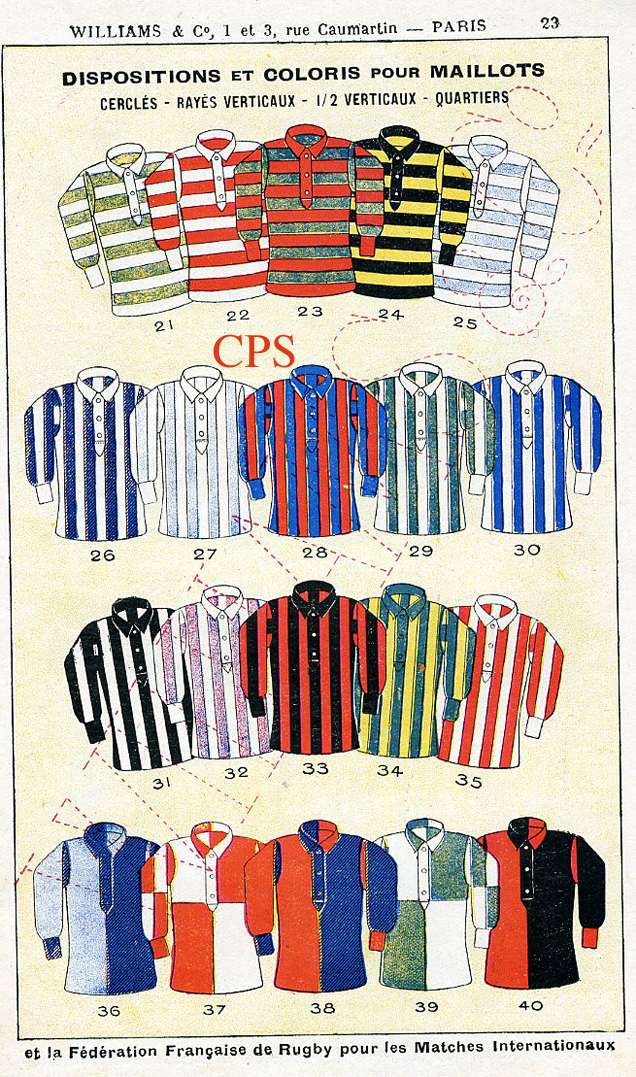

■ Polo shirts were initially long-sleeved with rolled-up arms and later short-sleeved.
■ Polo jerseys are short-sleeved both with and without collars.
■ Polo shirts are often of the three-button or two-button pullover type. The front of the jersey is supposed to be kept open.
■ Collarless jerseys are generally collarless, but as history progresses, collars are lost except for tennis and rugby (polo lost them once and then went back).
■ In the early days, all shirts were woven (flannel shirt type), but gradually changed to knitted cut and sewn.
■ Button-downs were used for both polo and football (the power button theory for reinforcing the collar is the most popular).
■ Button-downs appeared at least as late as the 1880s. Power buttons on the back of the collar are thought to predate this.
■ Polo shirts with knitted collars had already appeared by the early 1920s.
■ Prior to Lacoste’s introduction of tennis in 1927, button-down pullovers were common polo shirts.
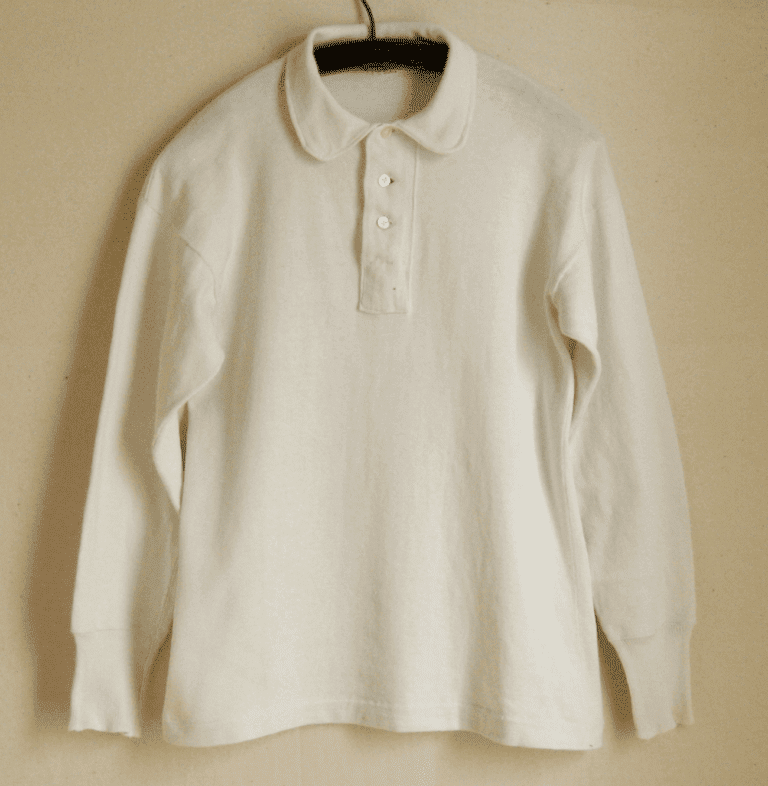
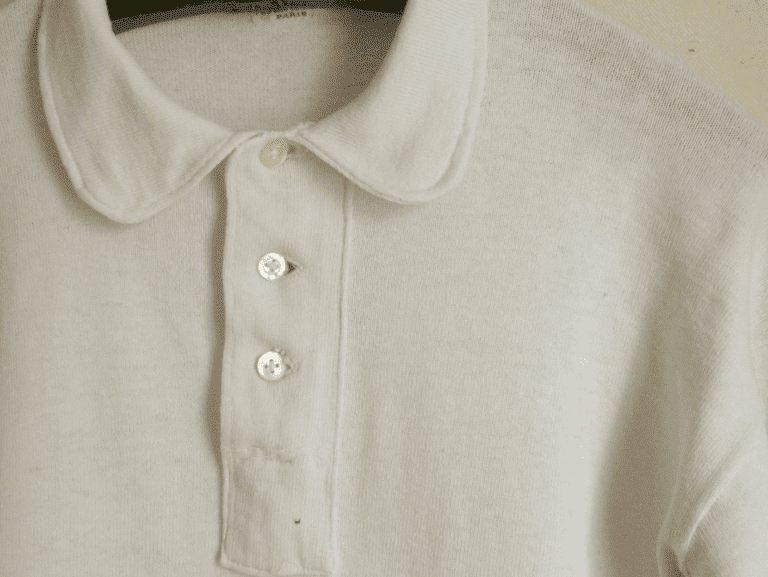
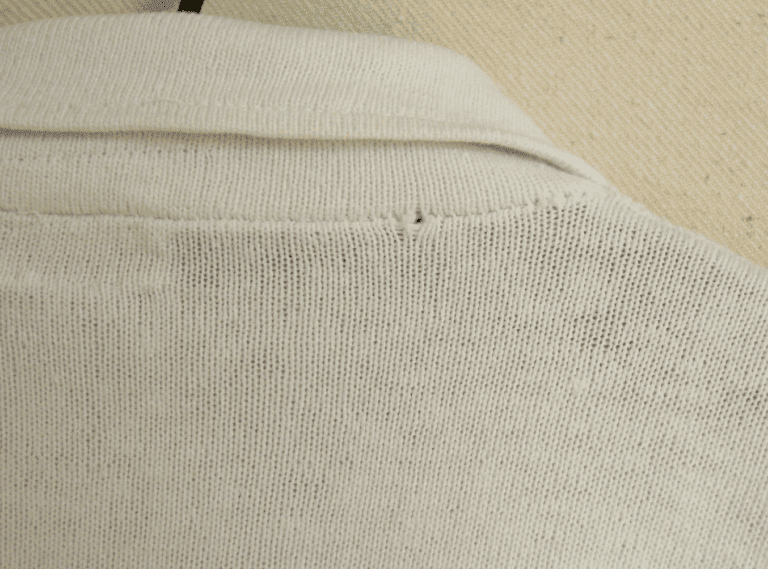


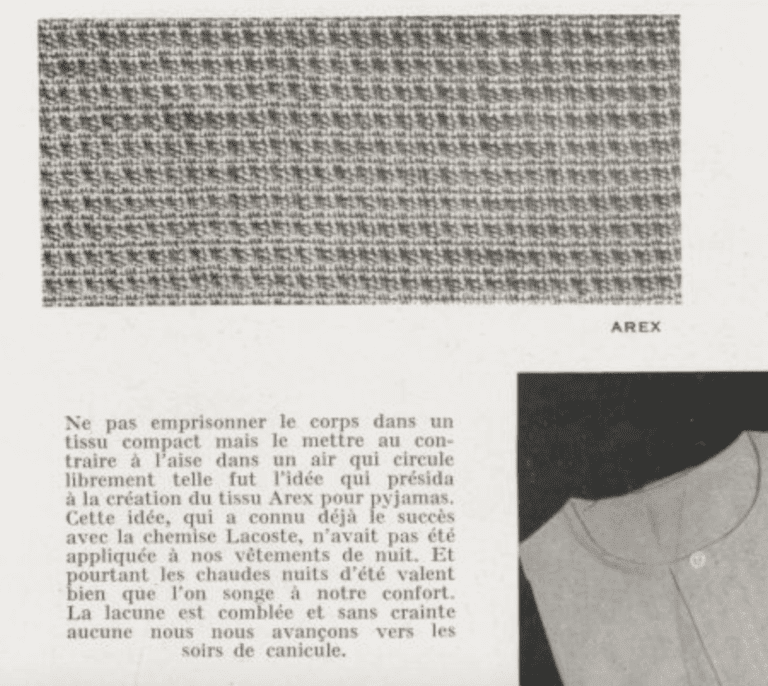

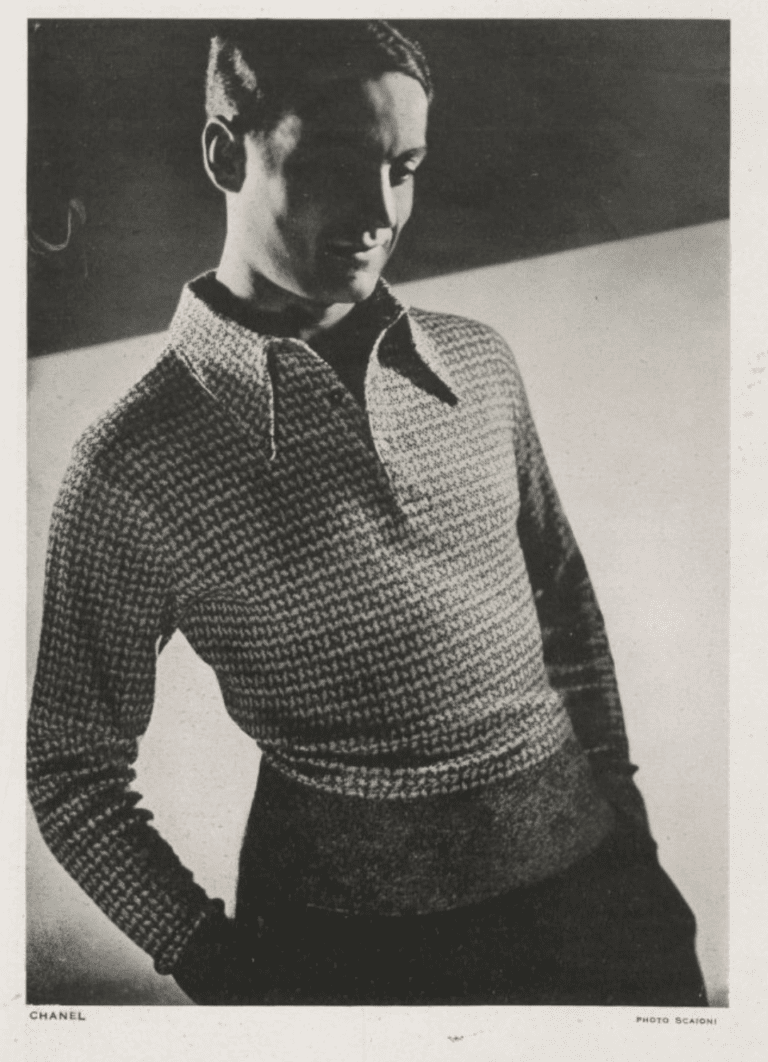
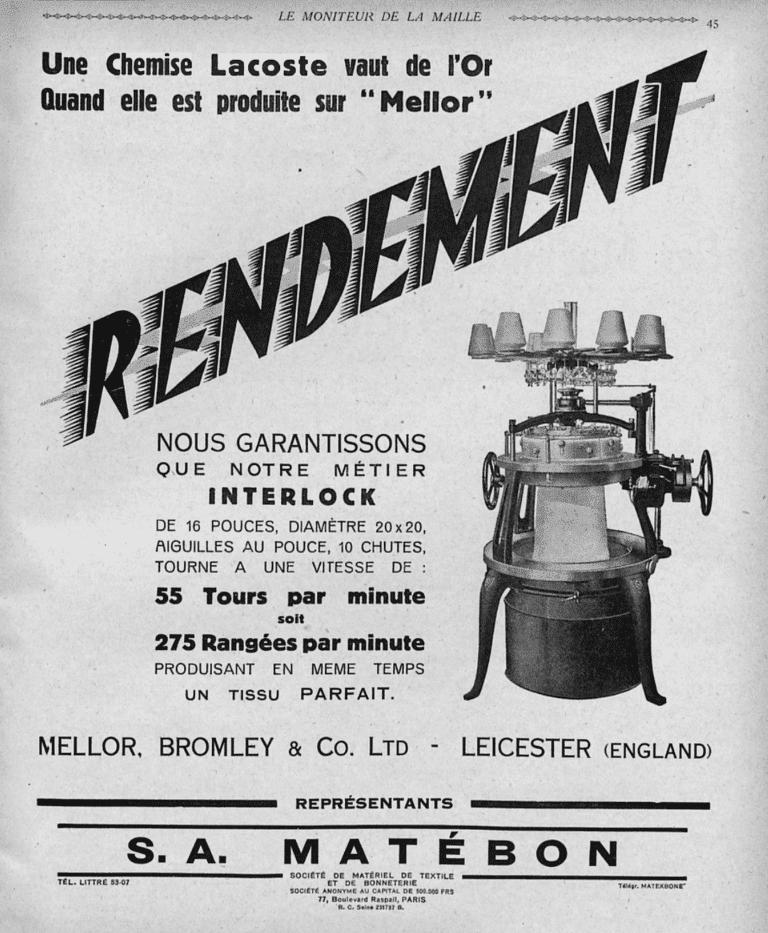
RENDEMENT

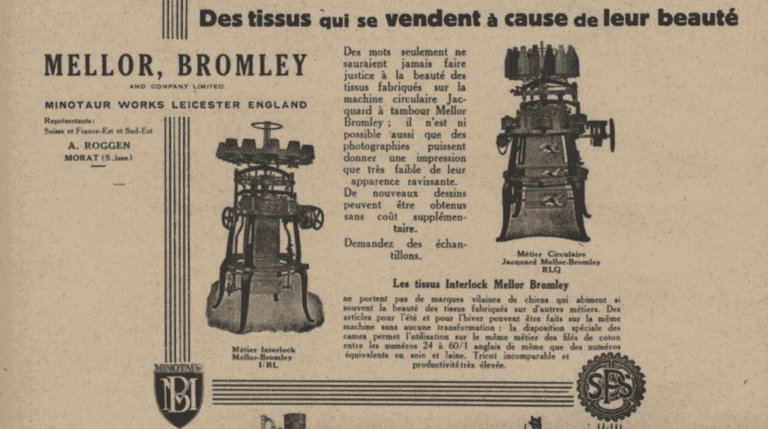
Mellor, Bromley and Co
Minotaur Works, Leicester. Manufacturers of hosiery and underwear machinery. Makers of circular knitting machinery.
1847 Established.
1921 The benefits of all patents held by the G. and V. R. company were assigned to Mellor, Bromley and Co of Leicester
1936 Public company incorporated. Acquired Pegson Ltd
1944-46 Acquired Brown and Green Ltd
1945 Applied for extension of the term of a patent granted to MELLOR BROMLEY AND COMPANY Limited, THOMAS CHARLES BROMLEY and ARTHUR SHORTLAND bearing date the 16th February, 1929, and numbered 329,369 for the invention of “Improvements in or relating to Patterning Mechanism for Knitting Machines.”
1946-47 Acquired L. Tansey and Co
1947 A maker (including through its subsidiaries) of knitting machinery, dyeing and finishing machinery, textile machine accessories, air conditioning plant, needles, laundry machinery, road making machinery. The 3 subsidiaries were Pegson Ltd, L. Tansey and Co, Brown and Green with its subsidiary Marshall, Hunt and Partners, which was not trading
